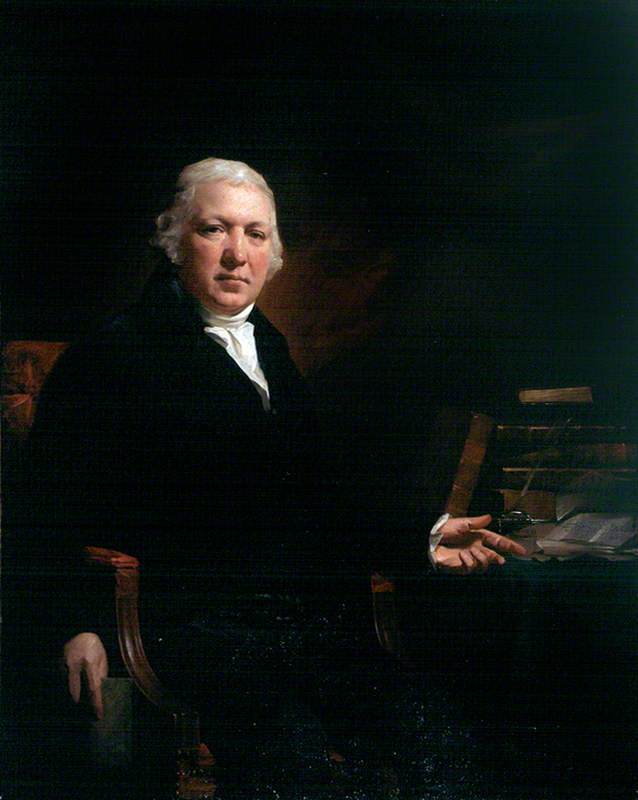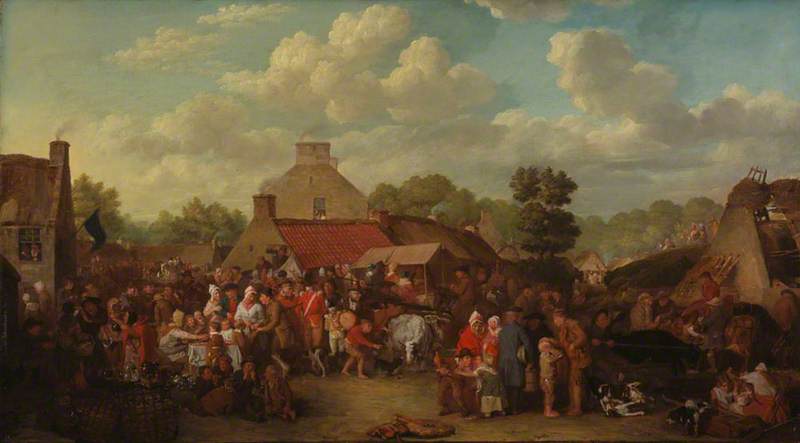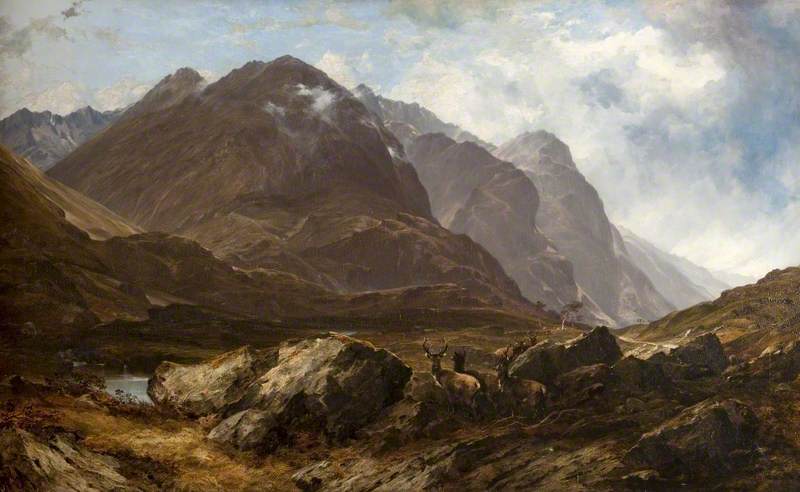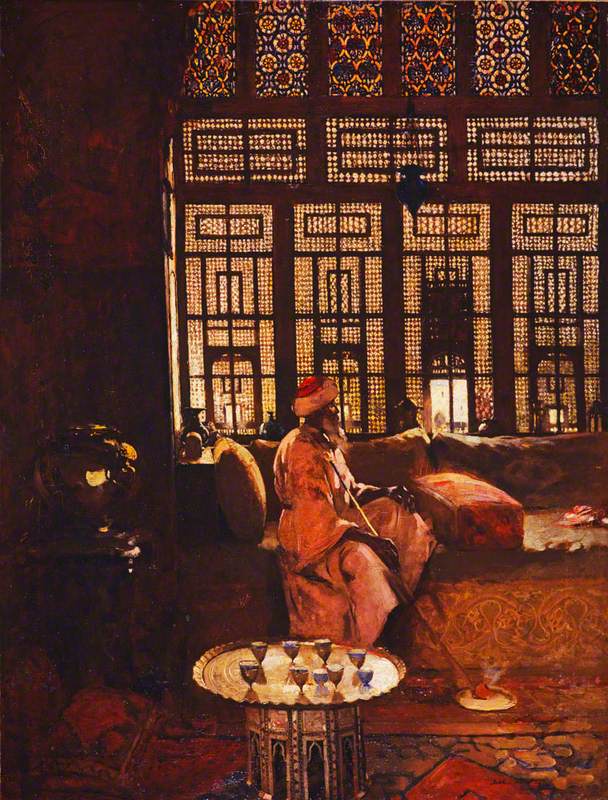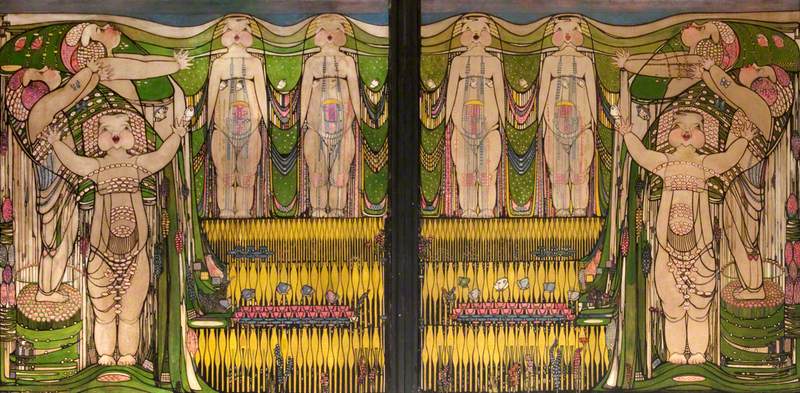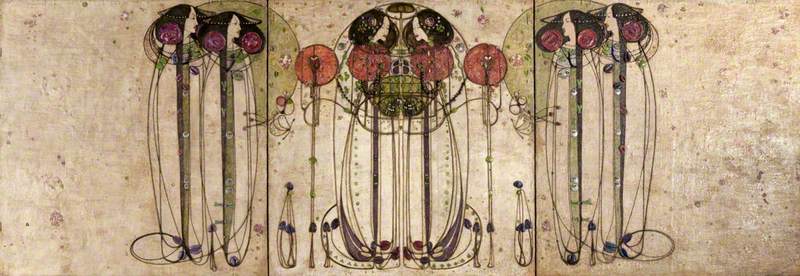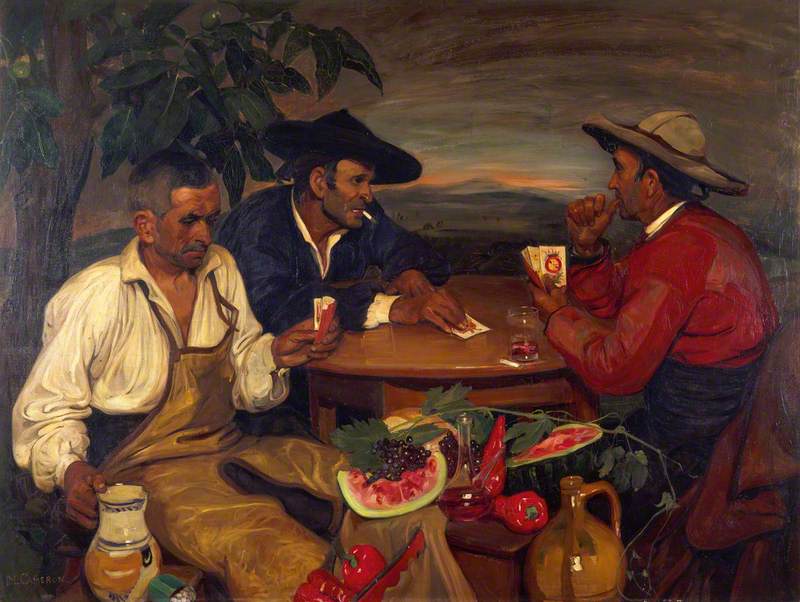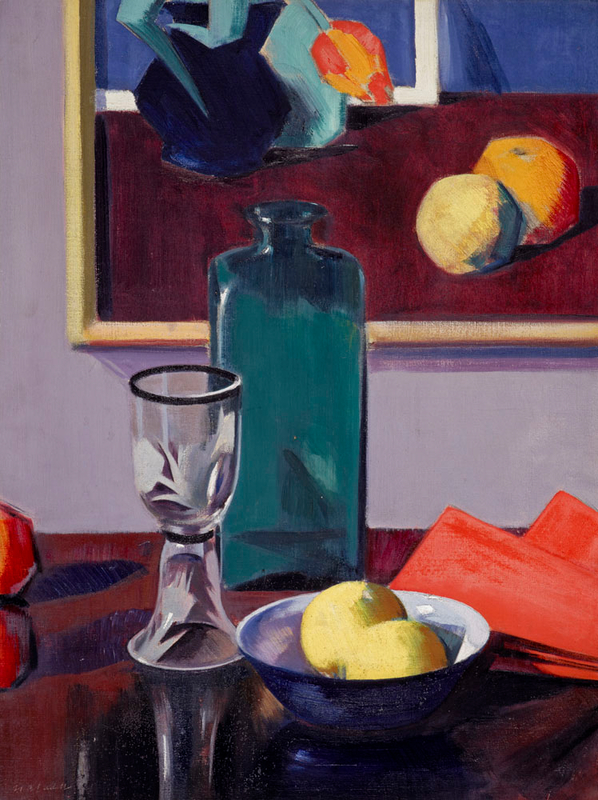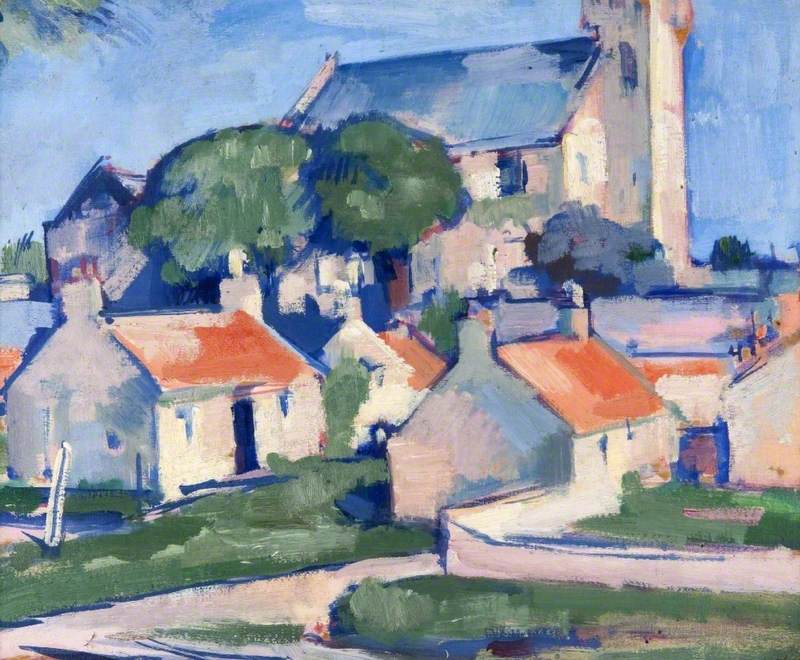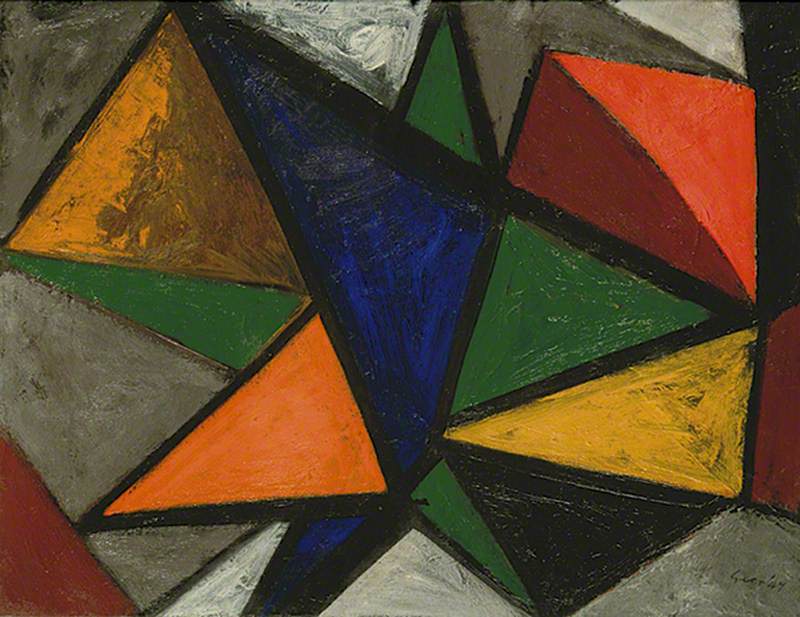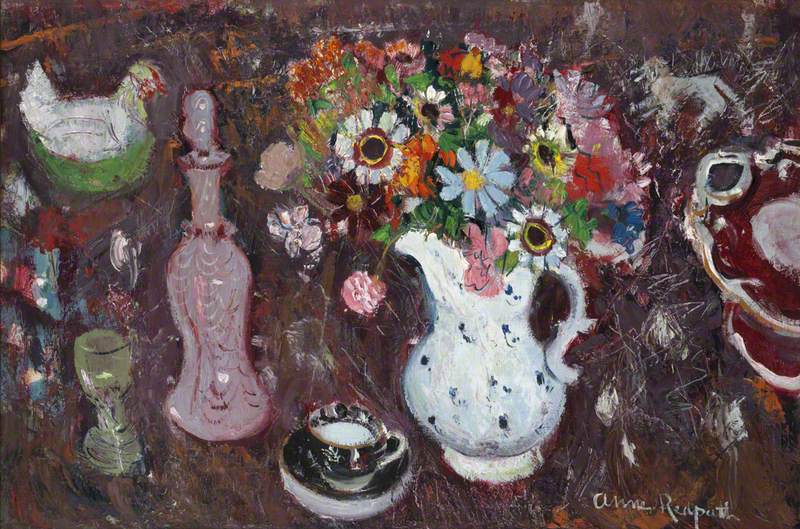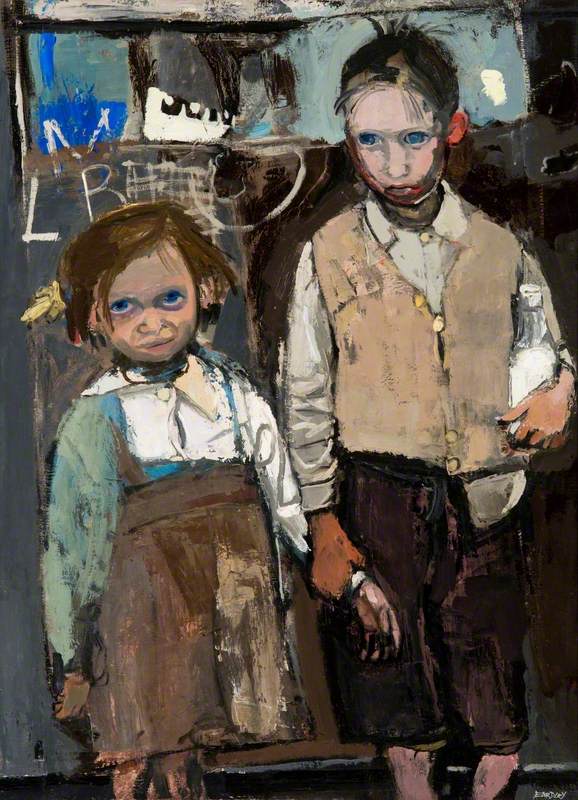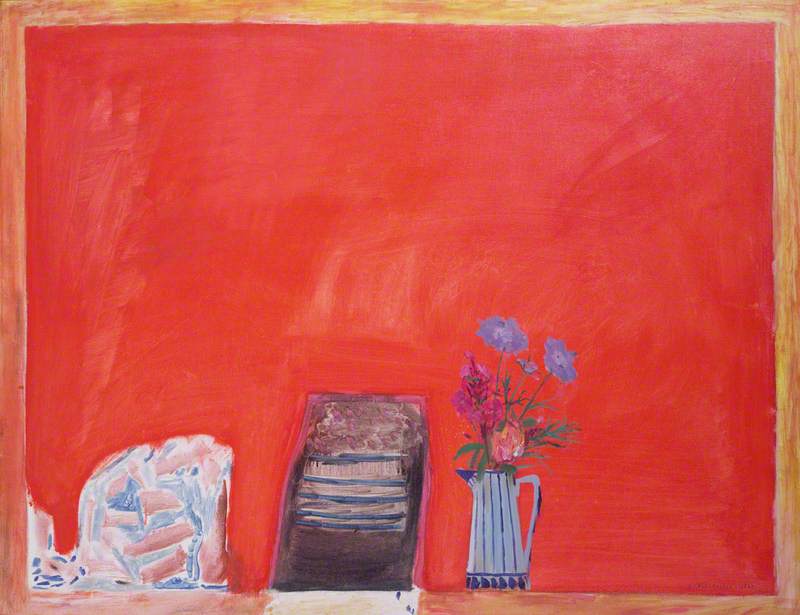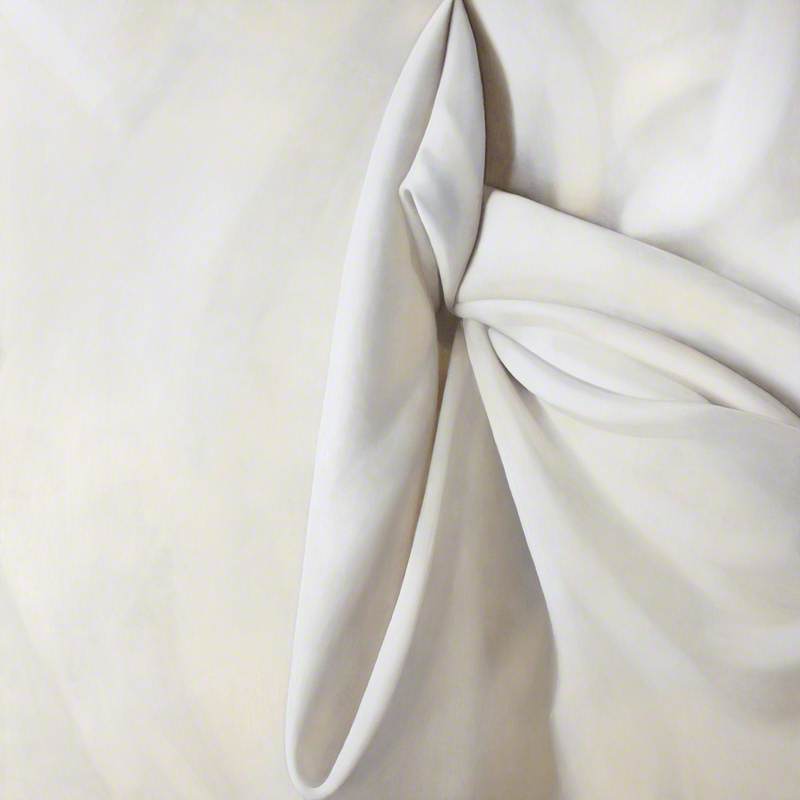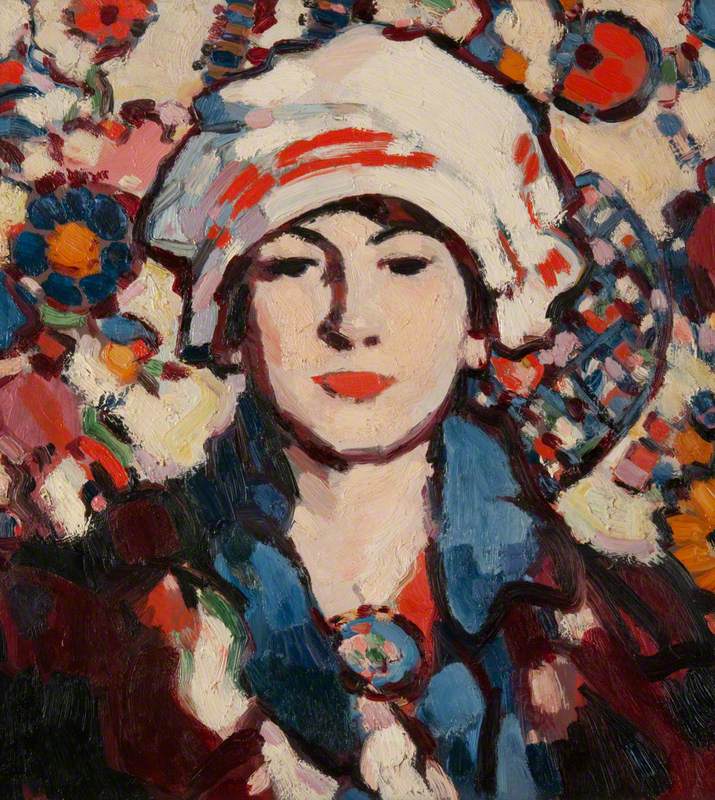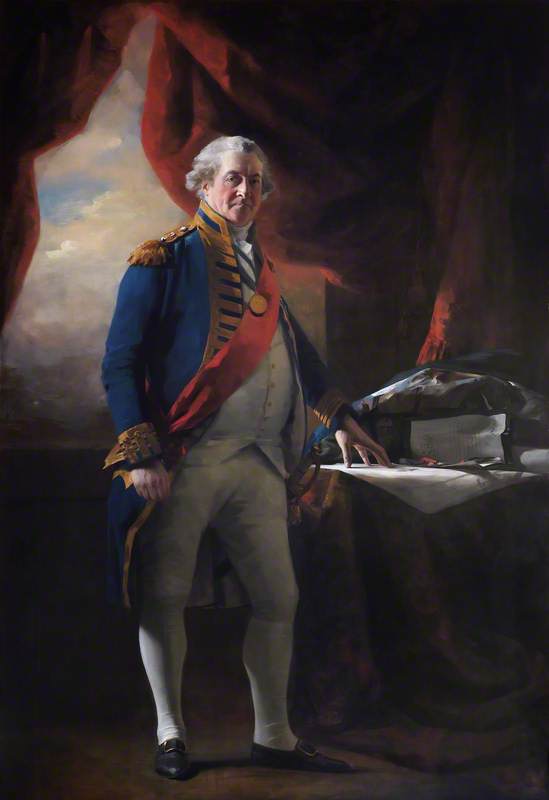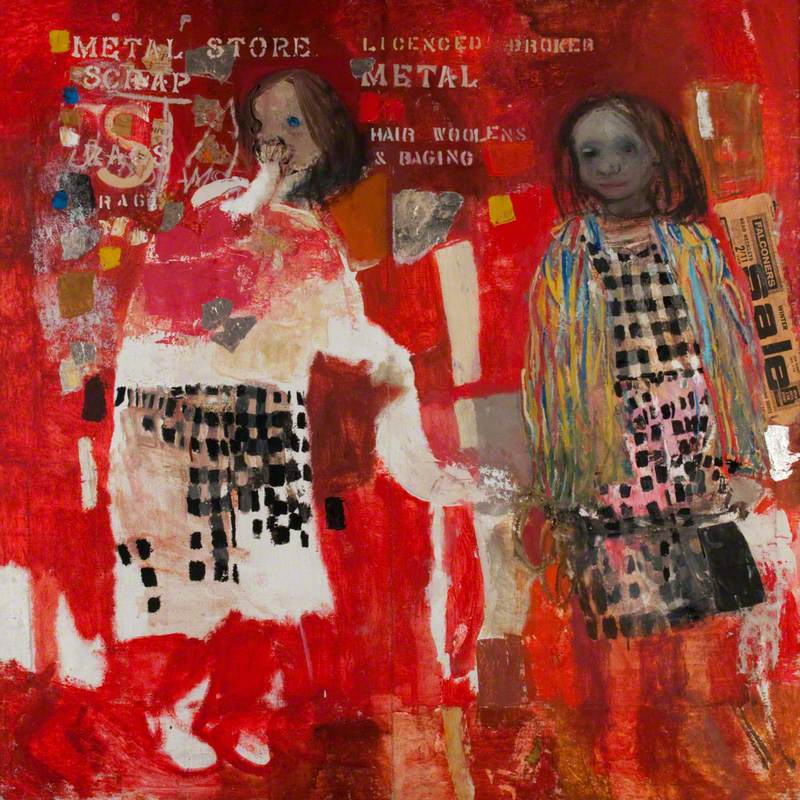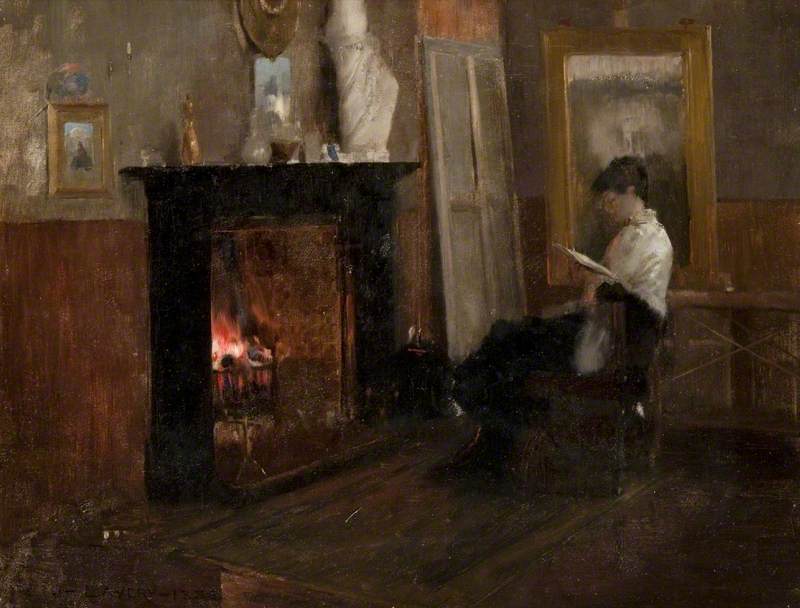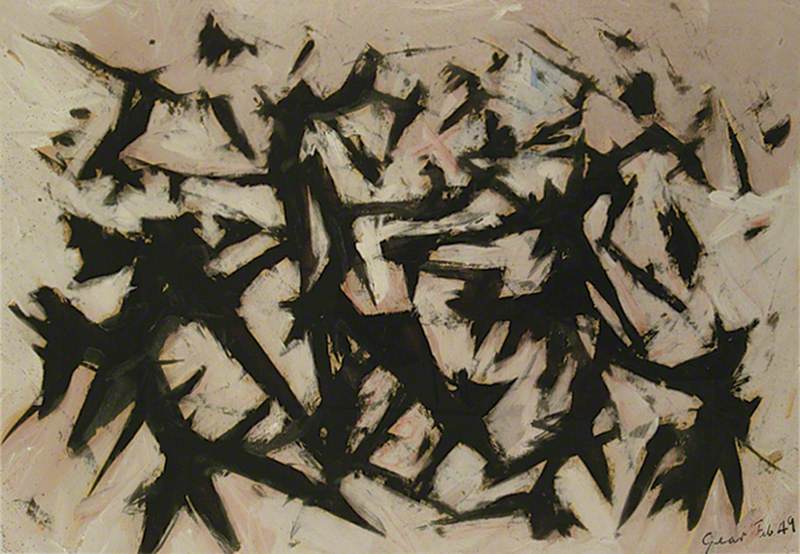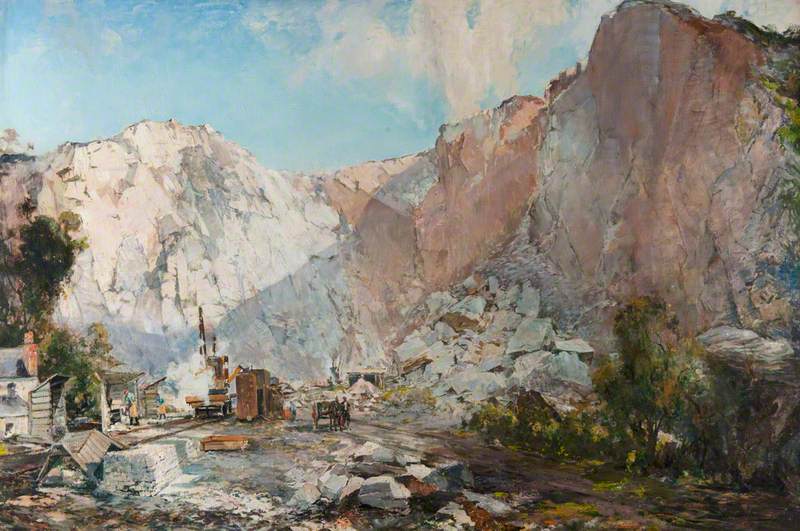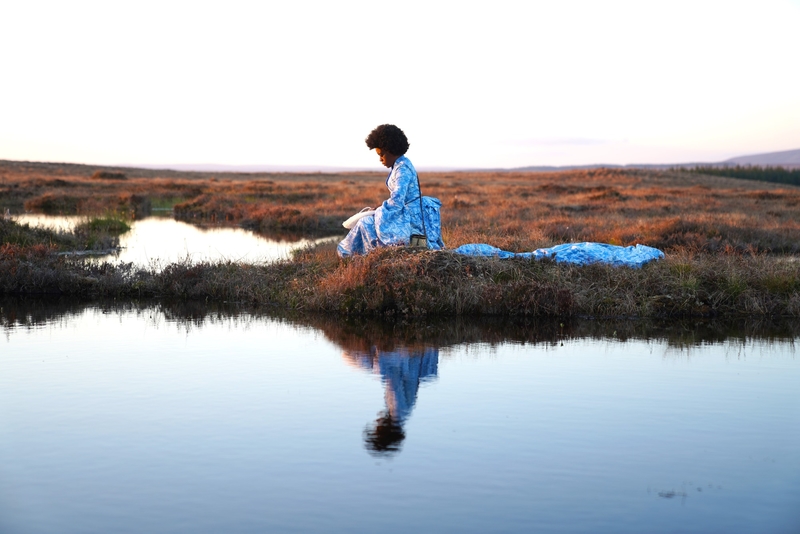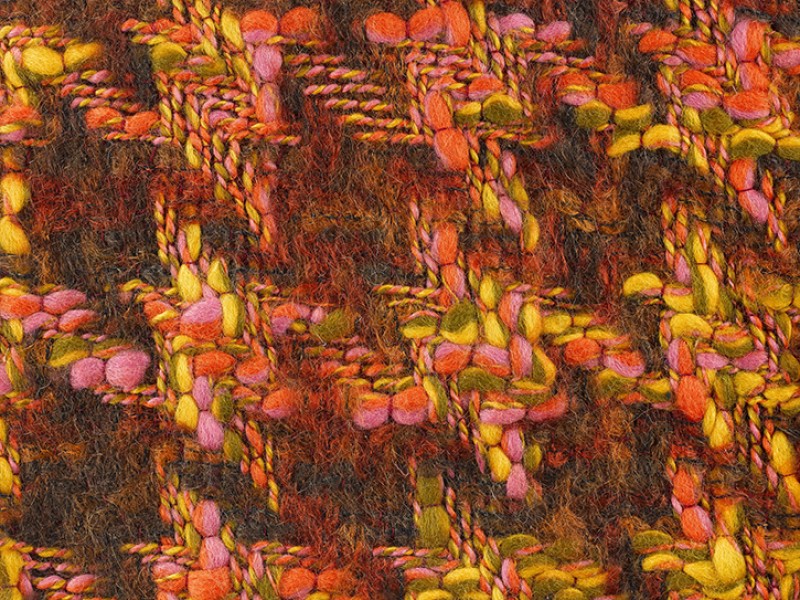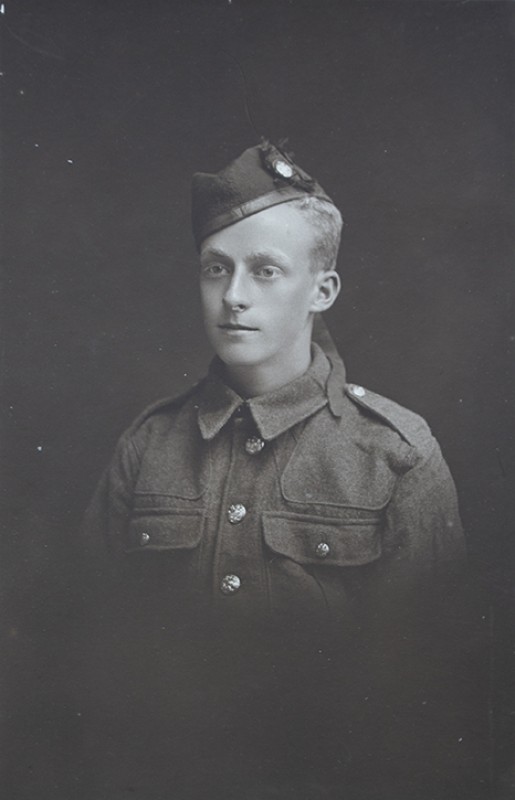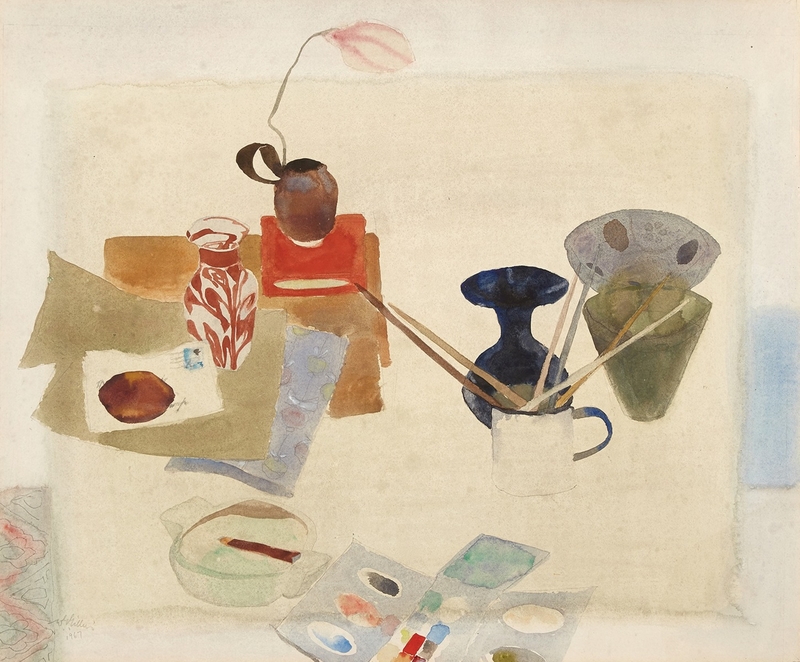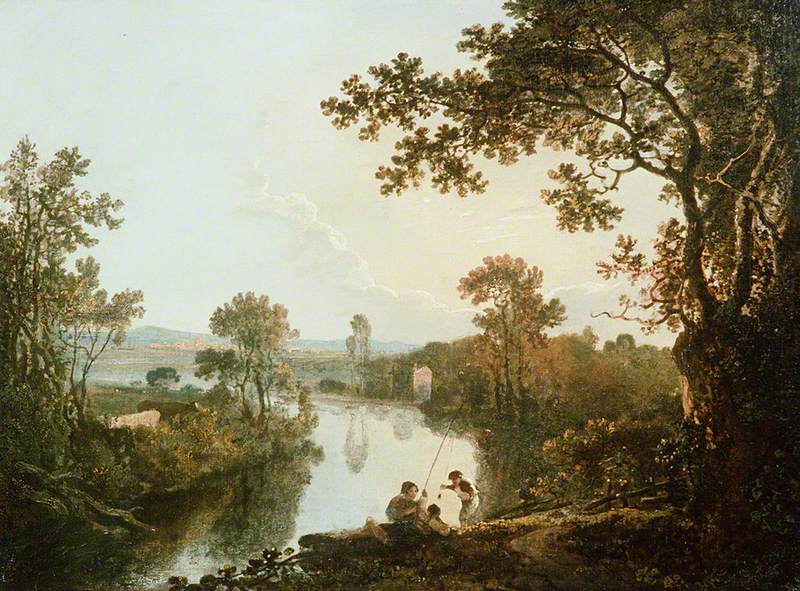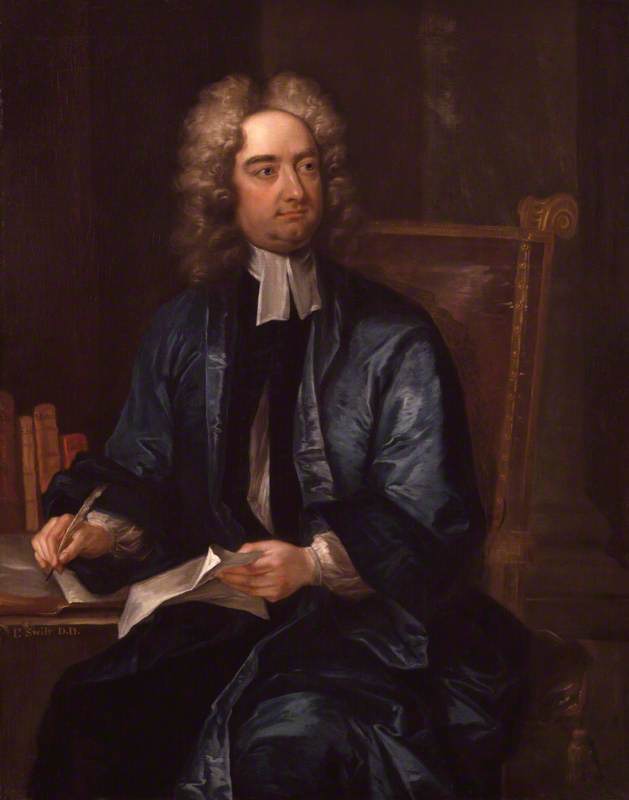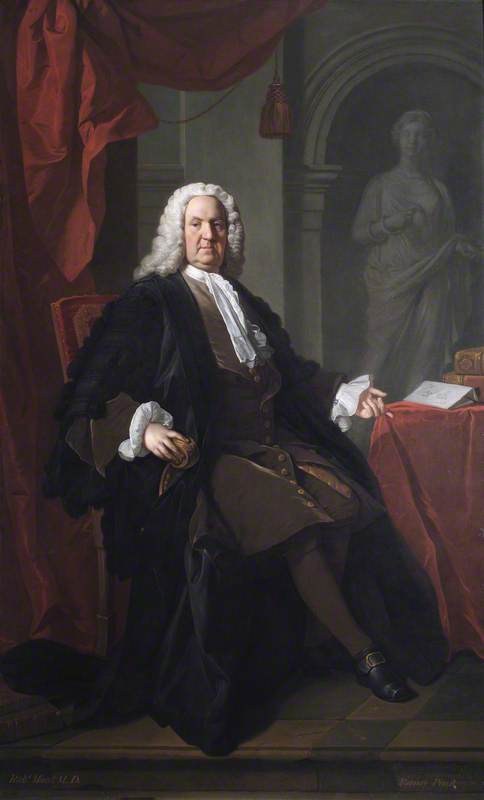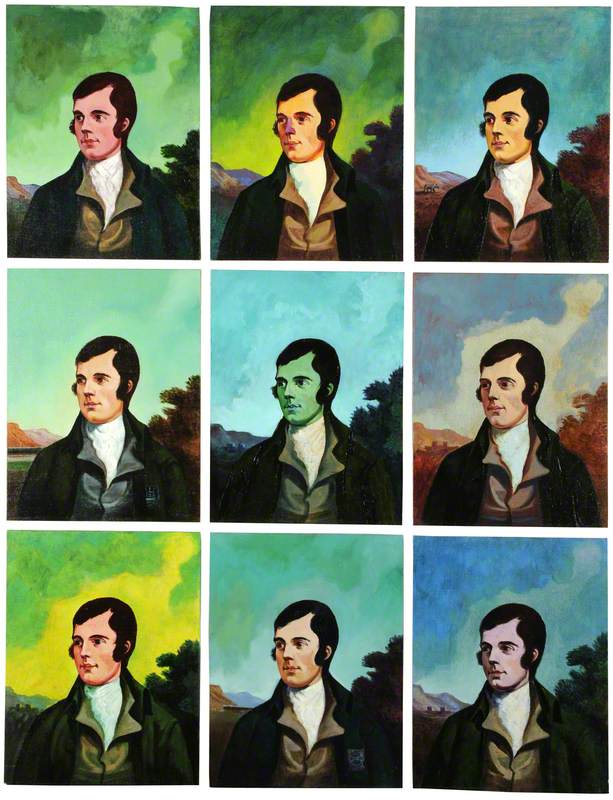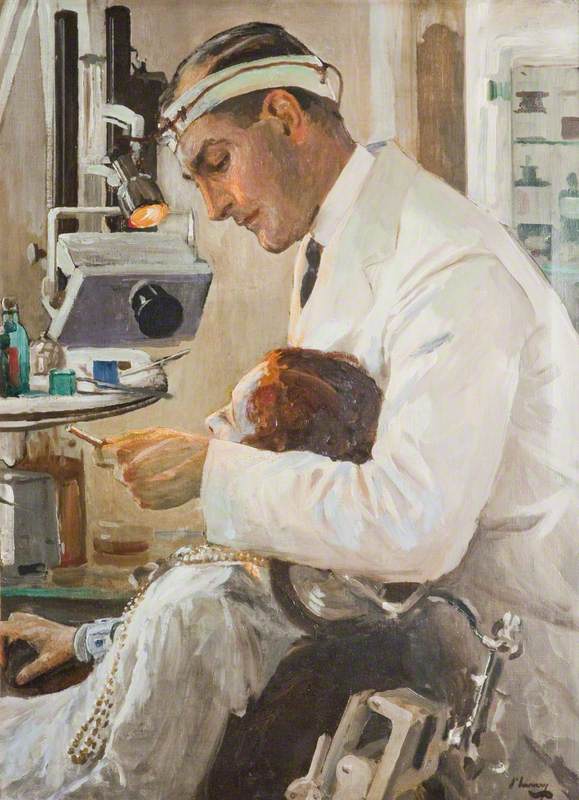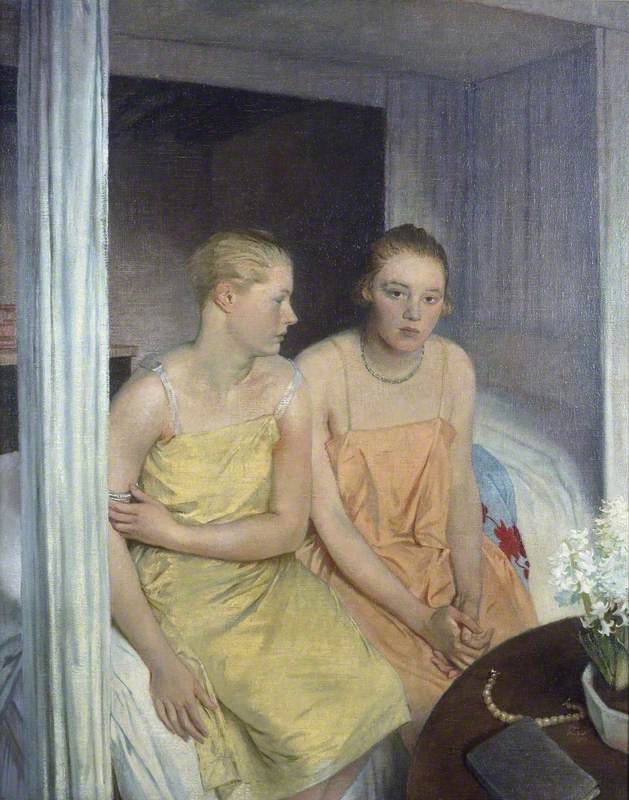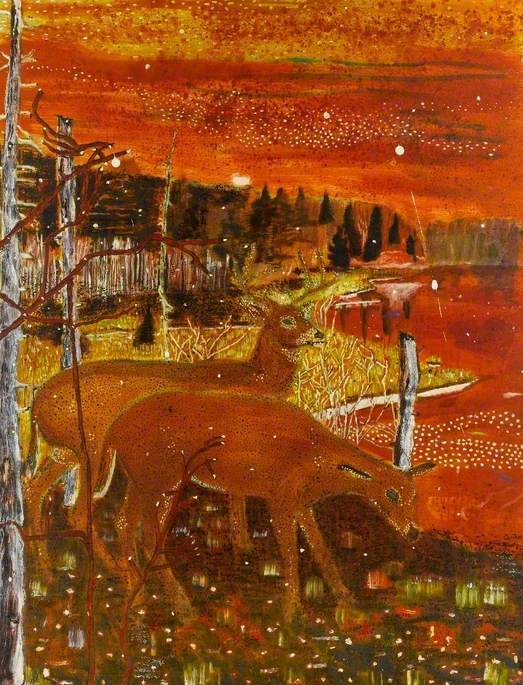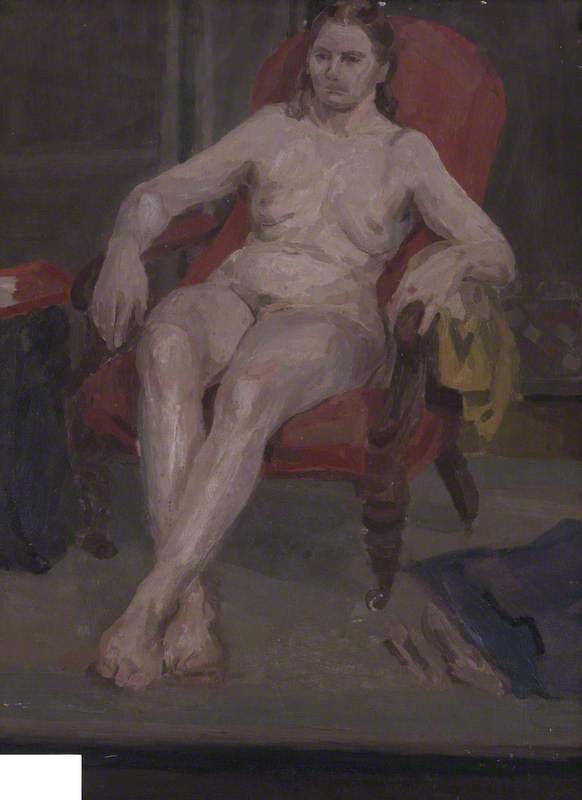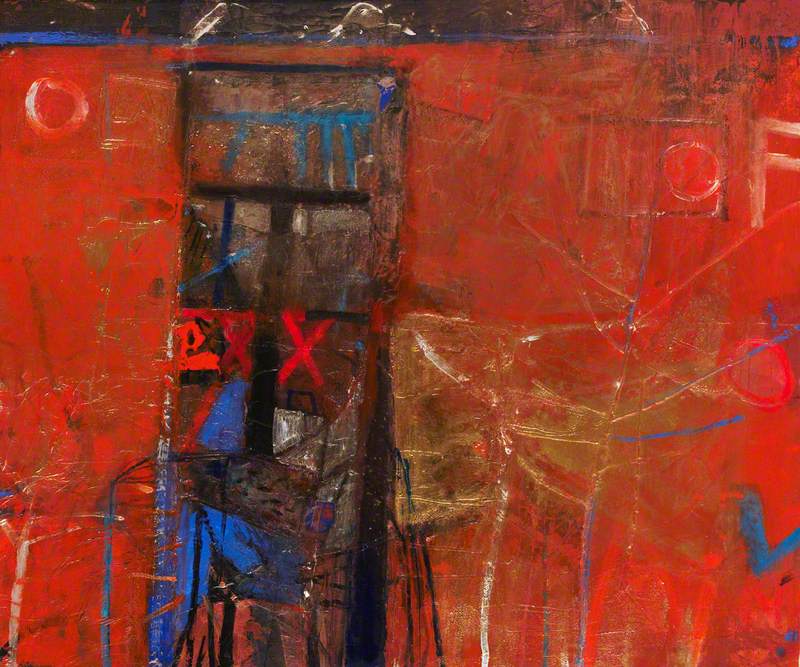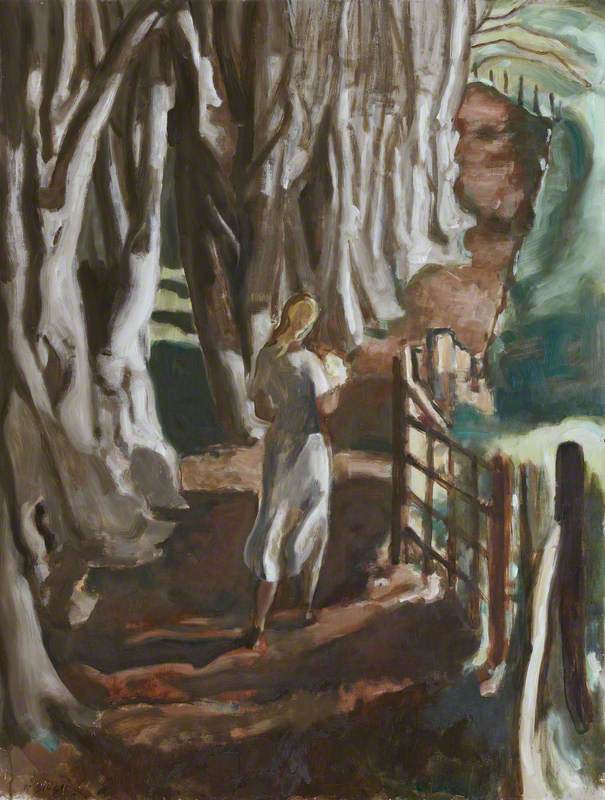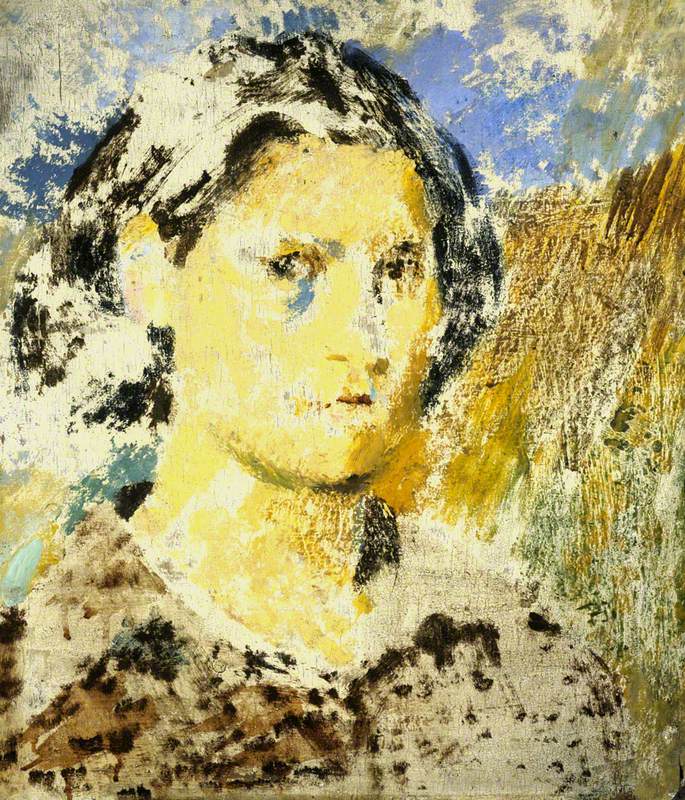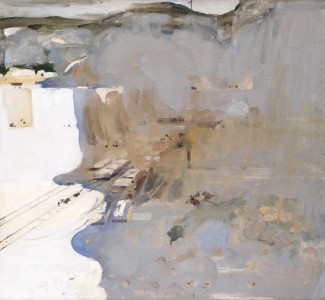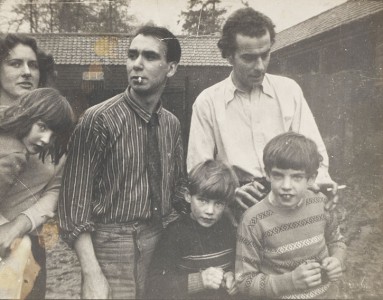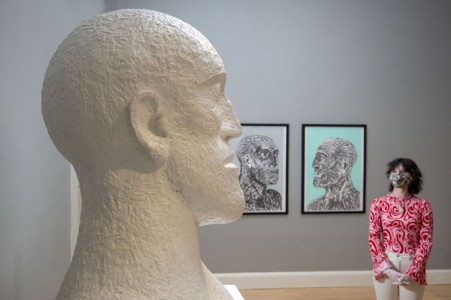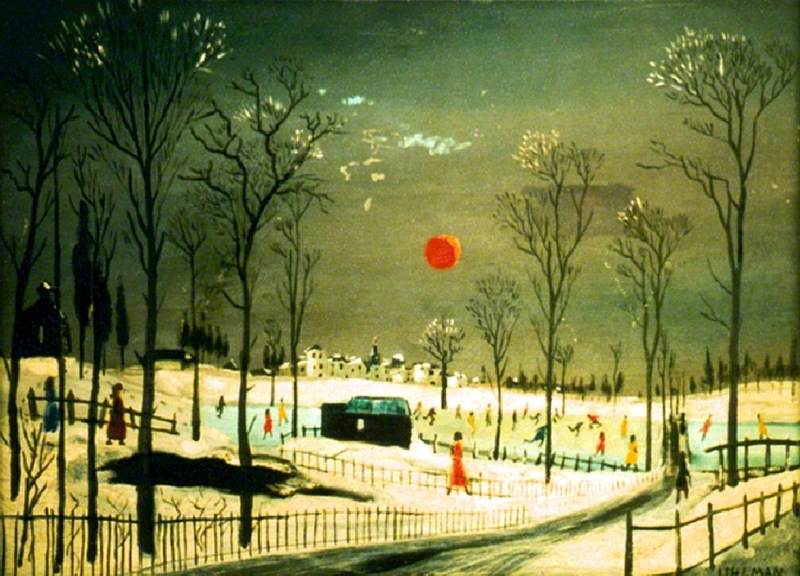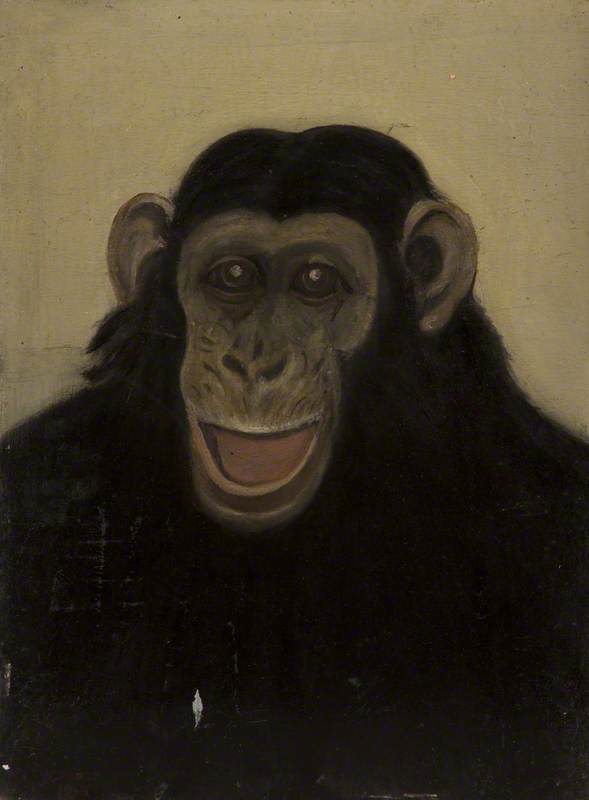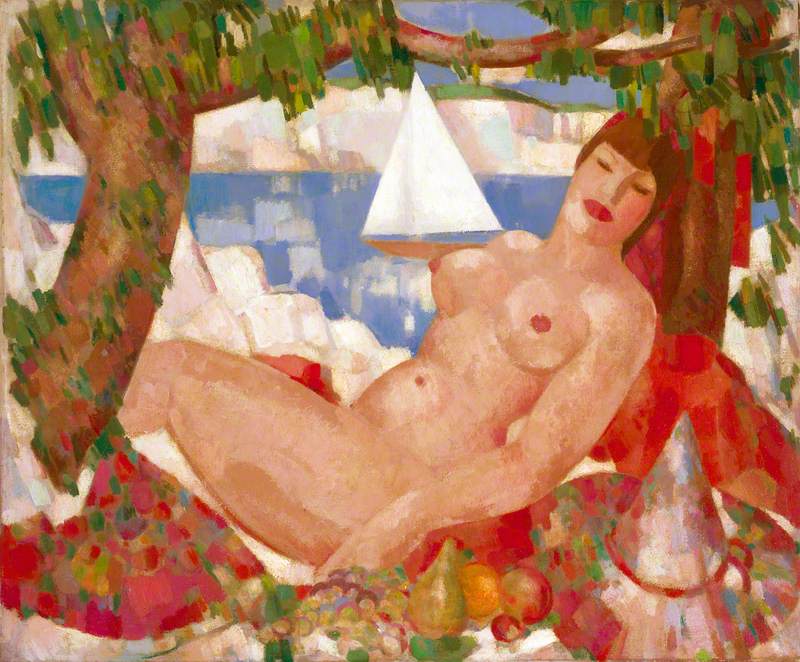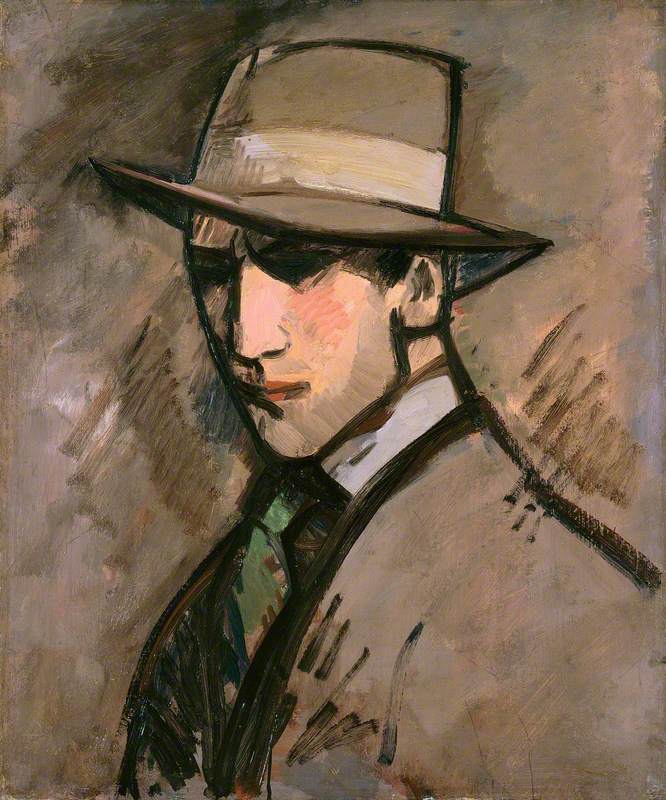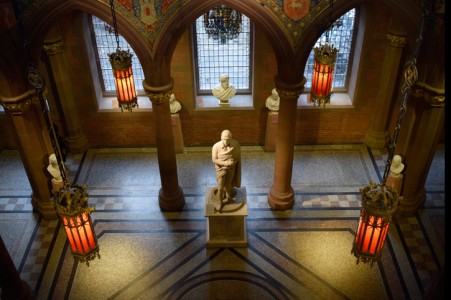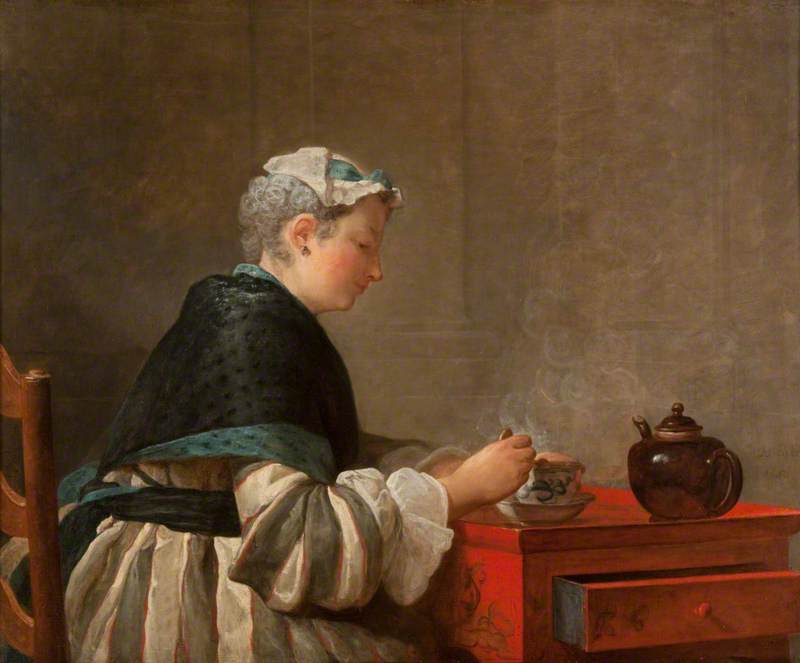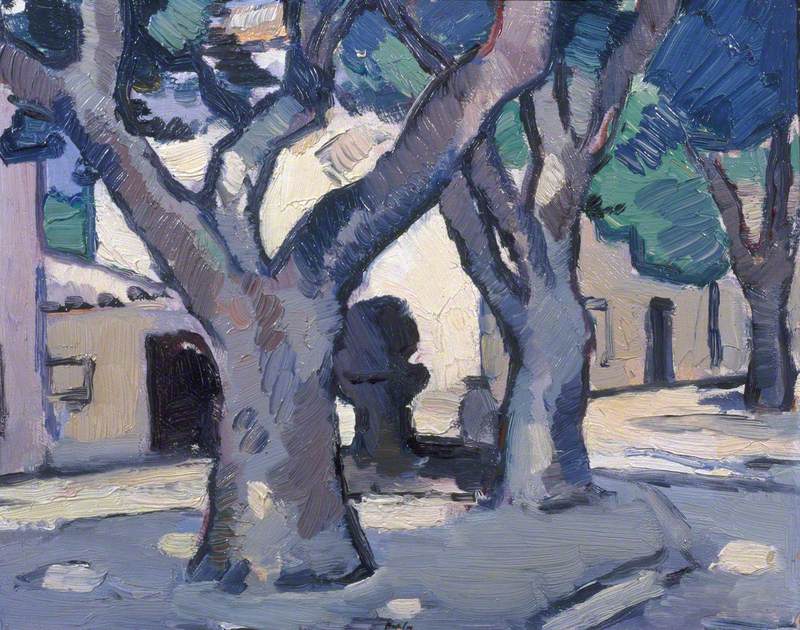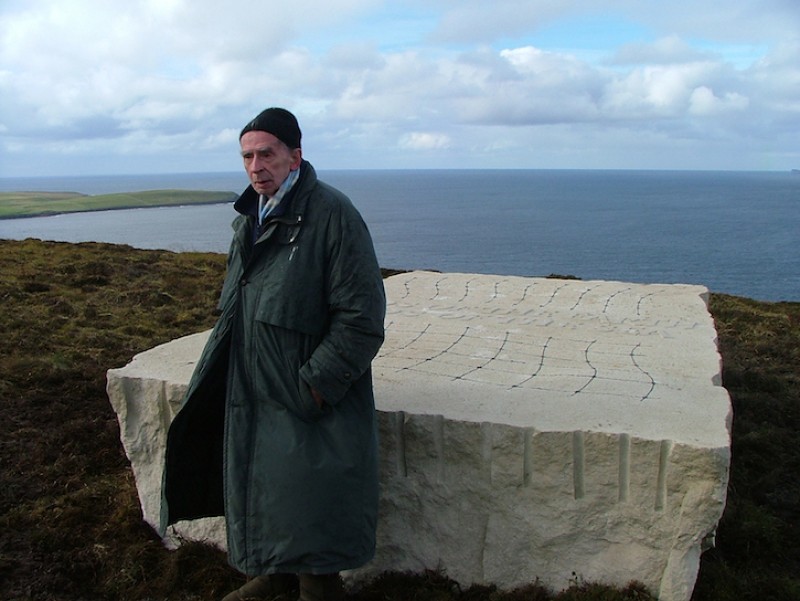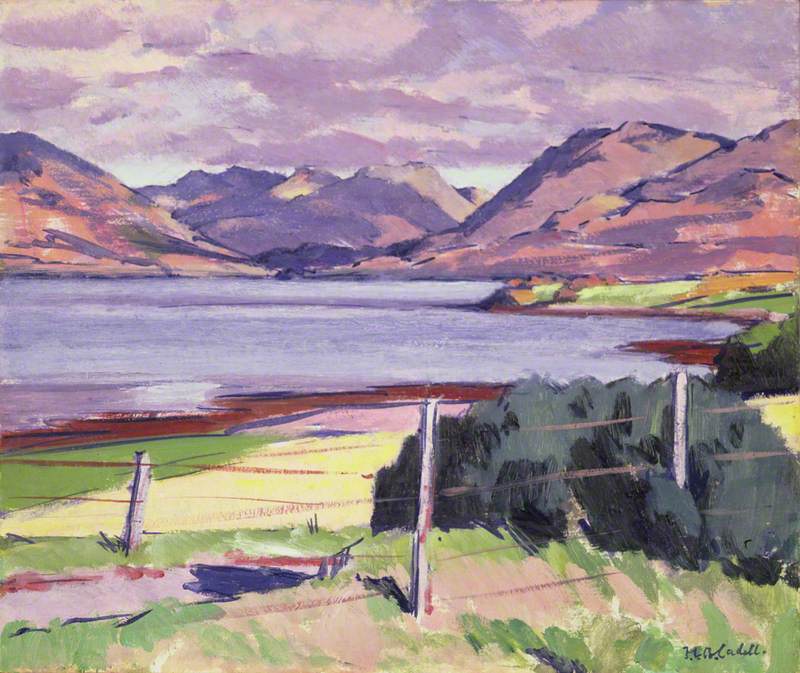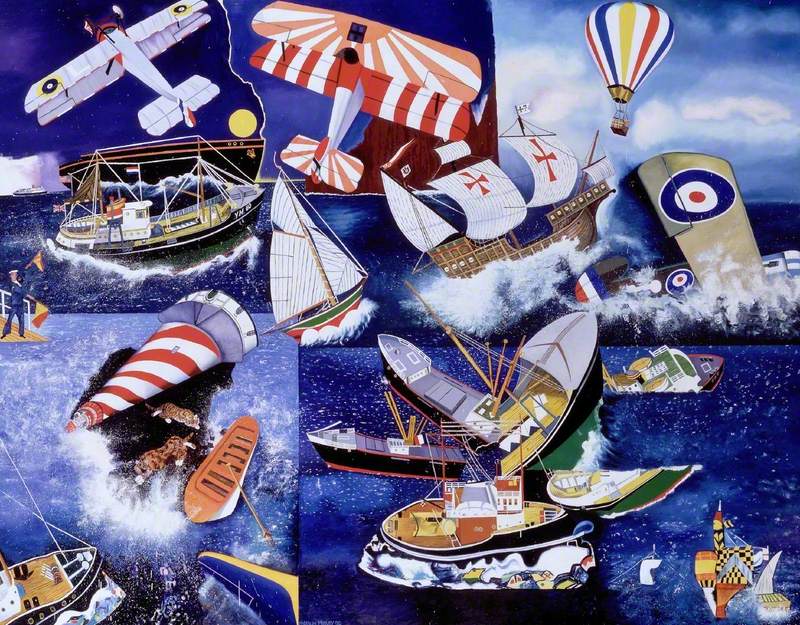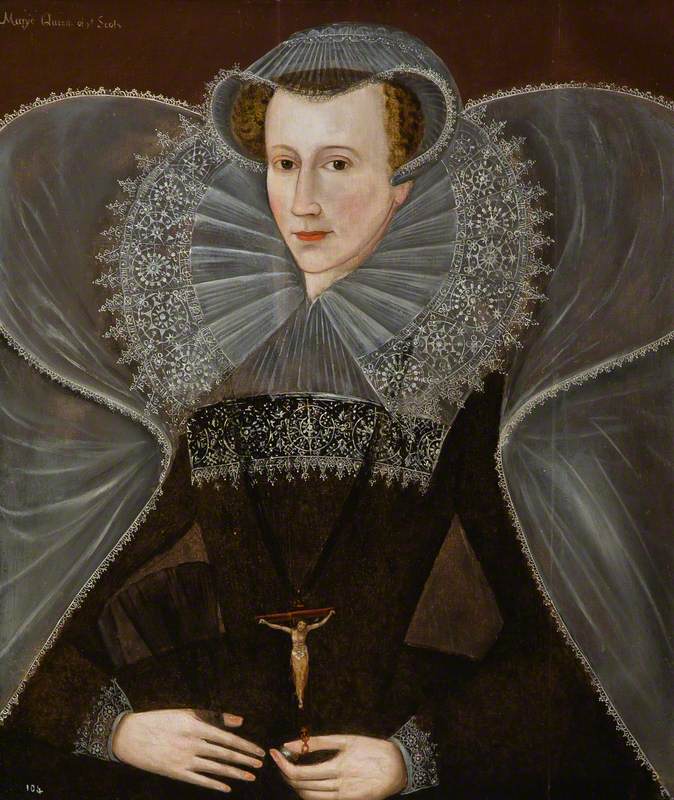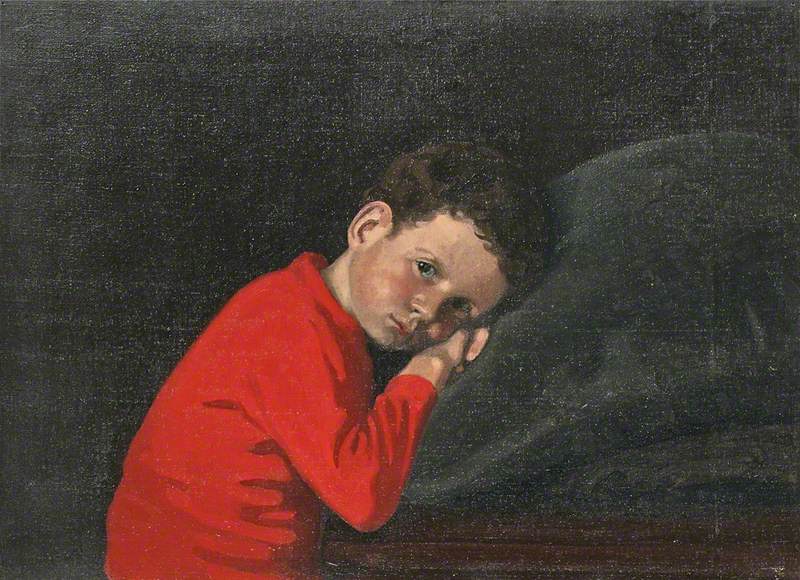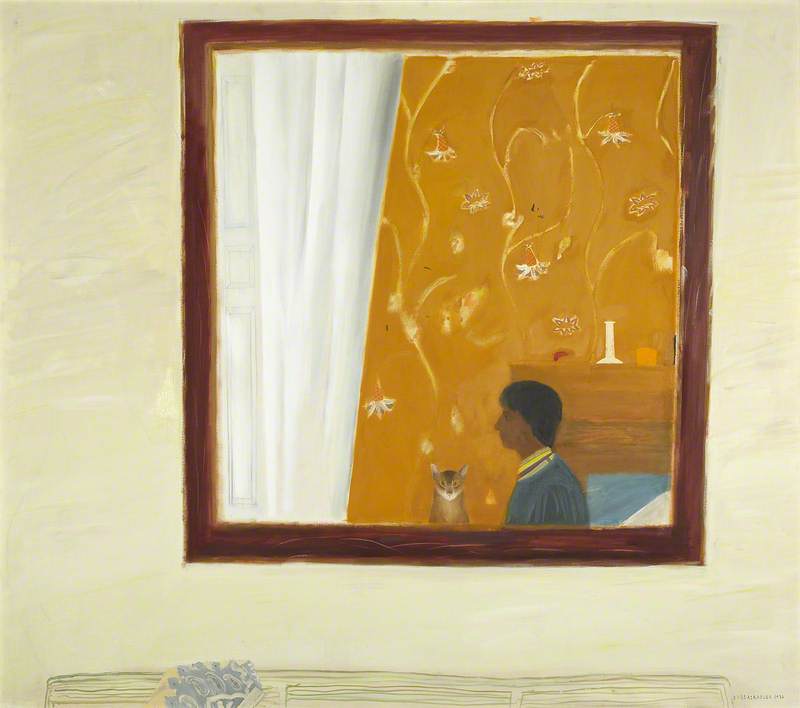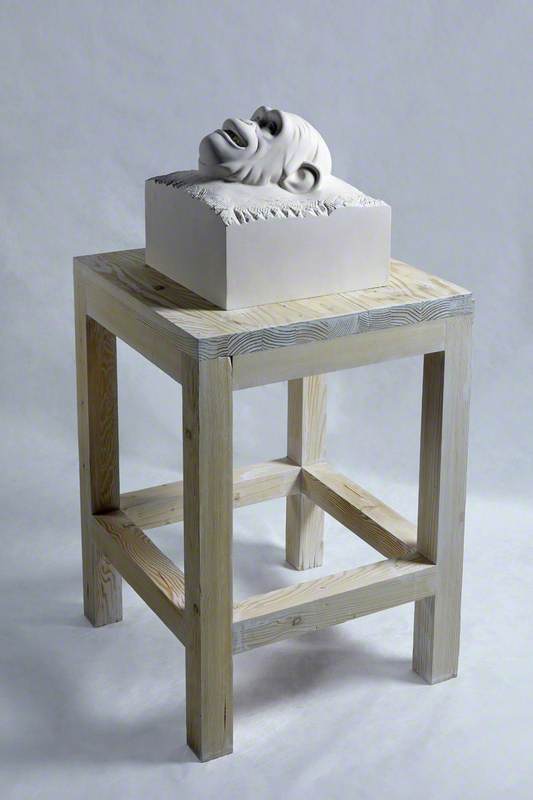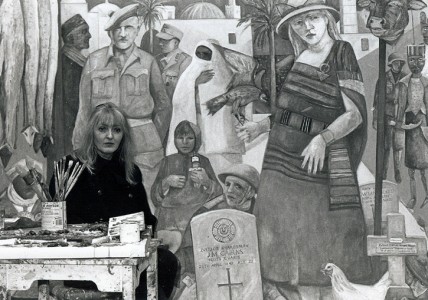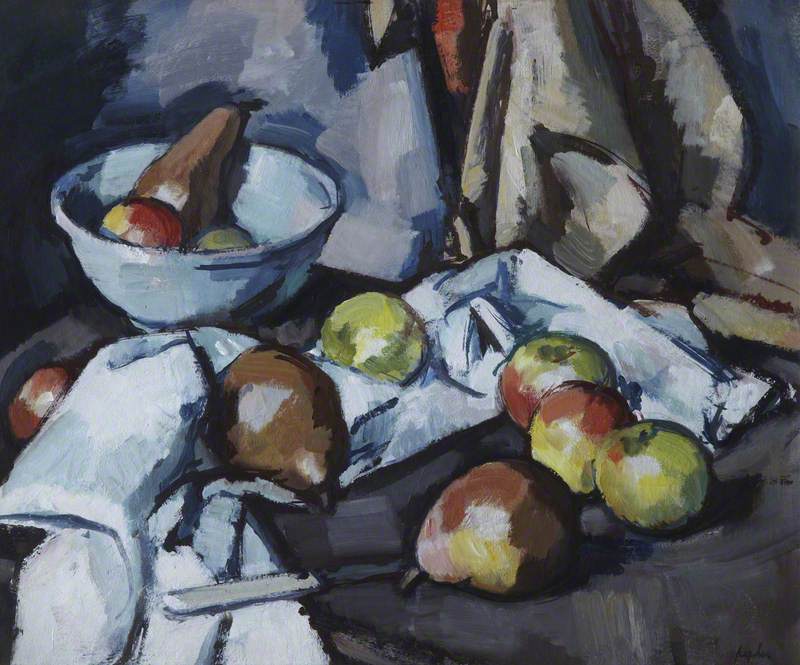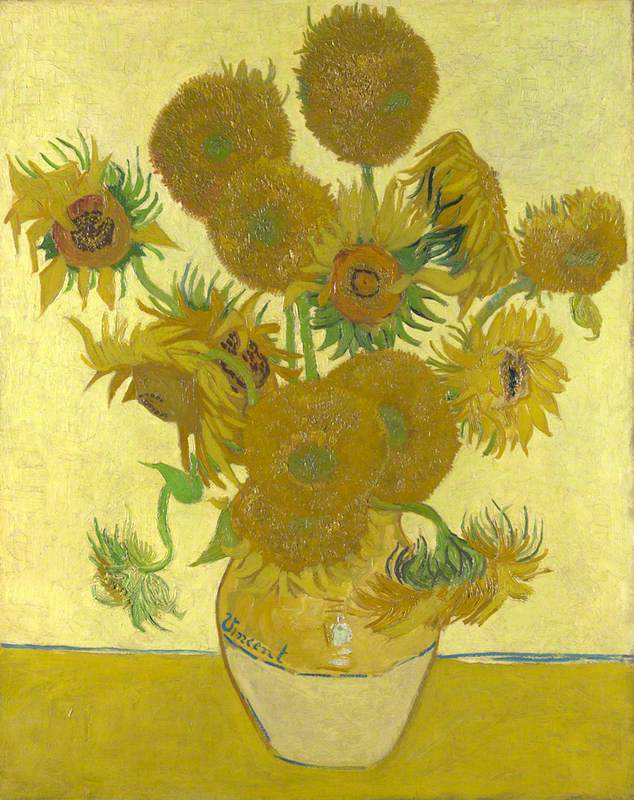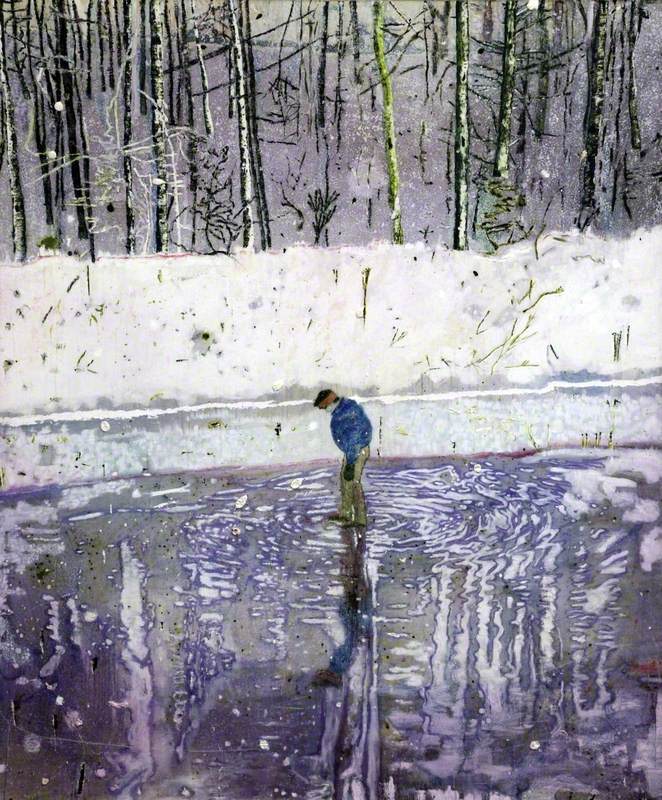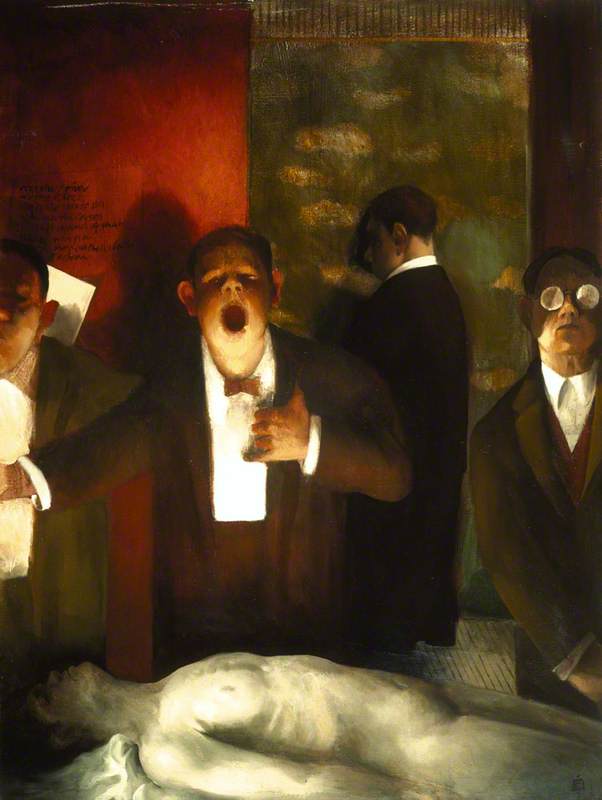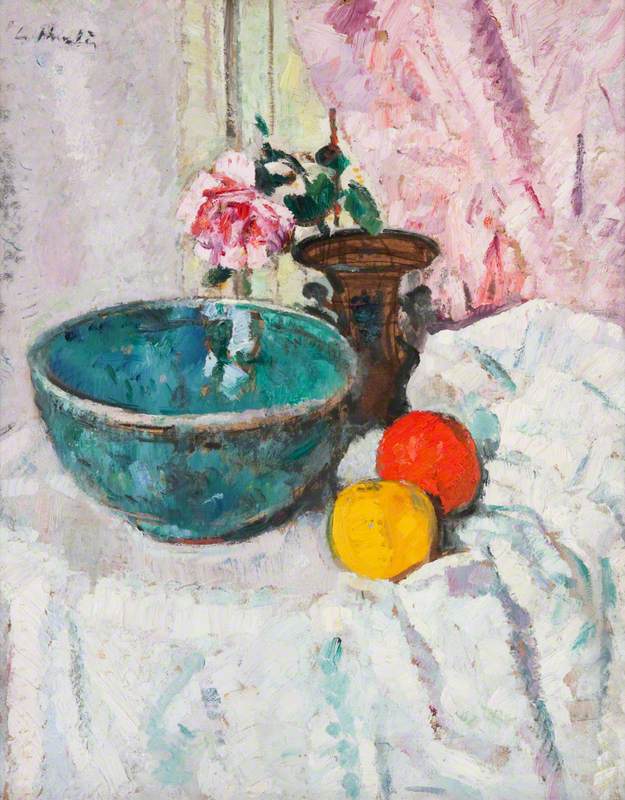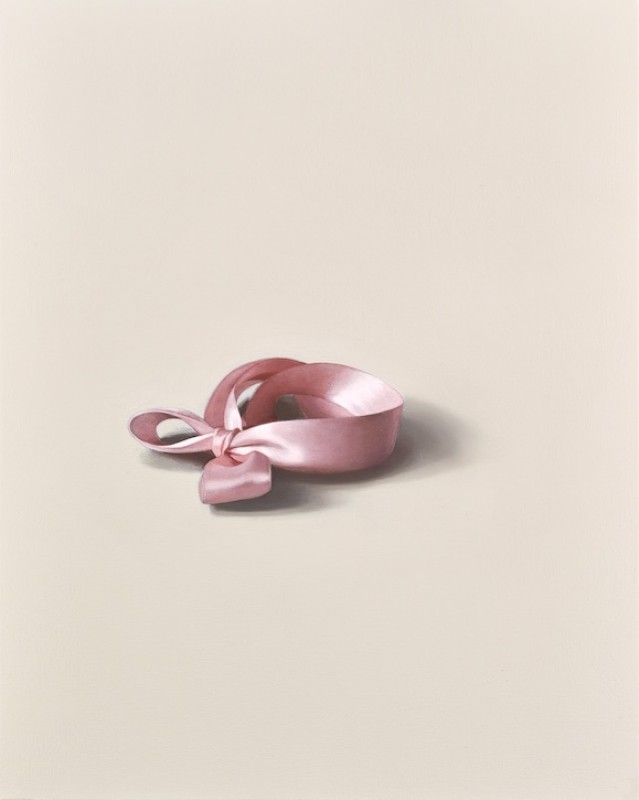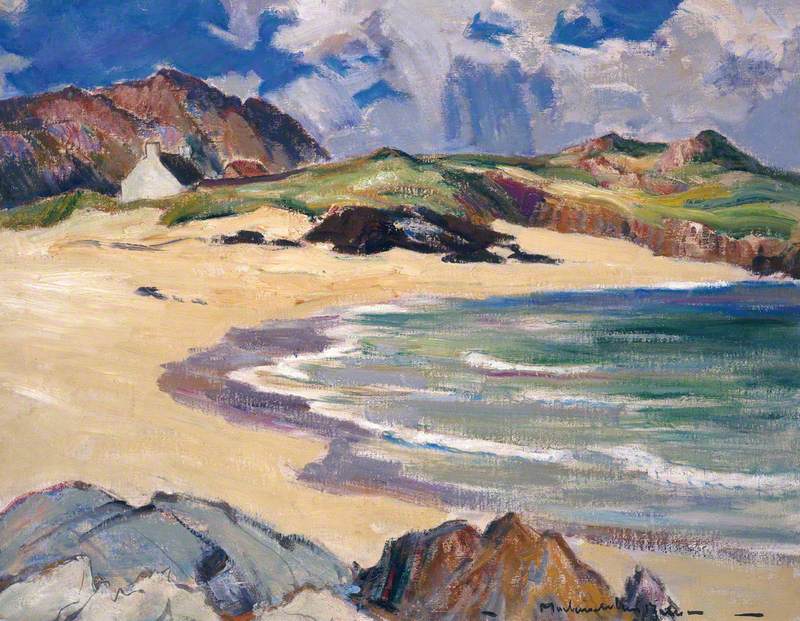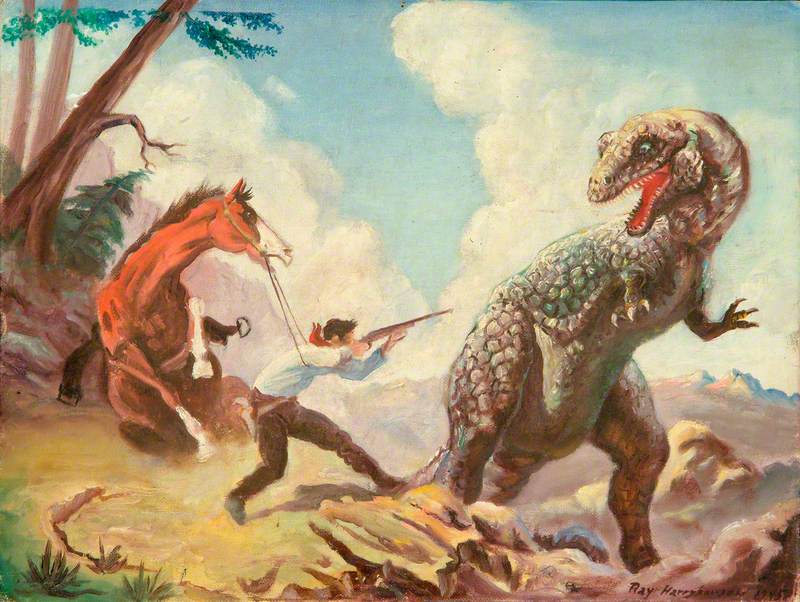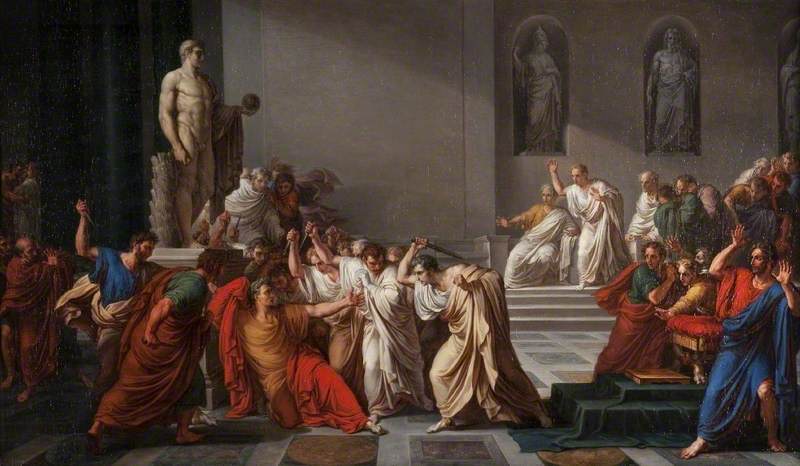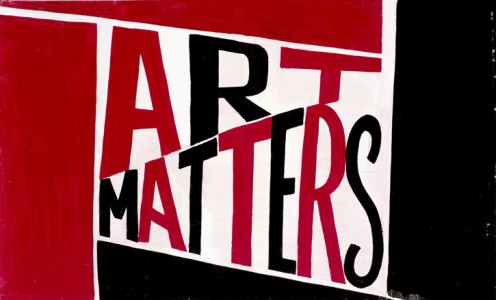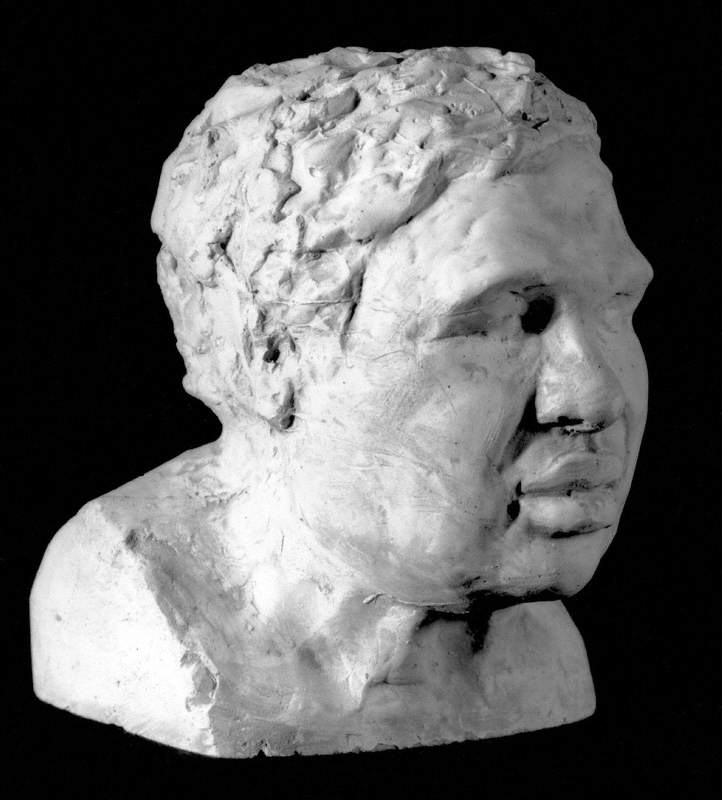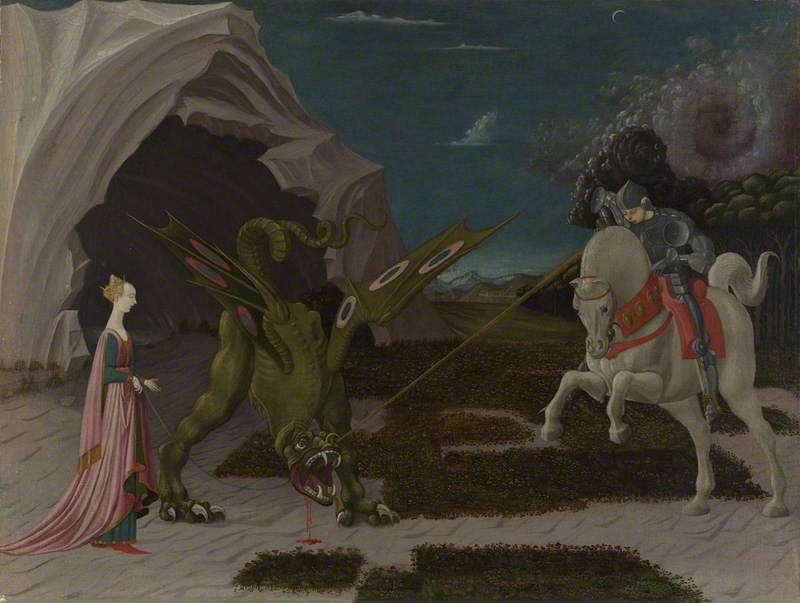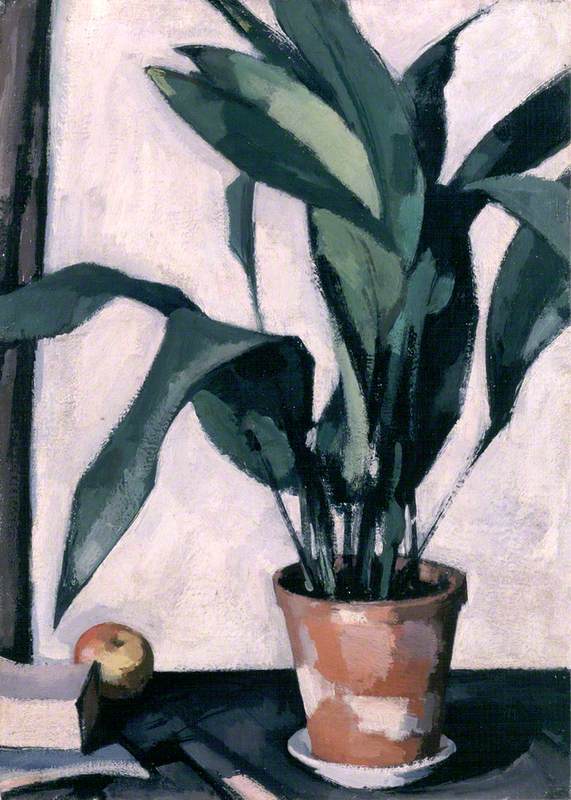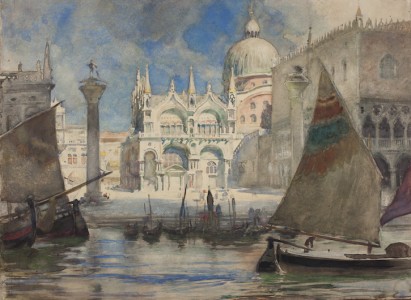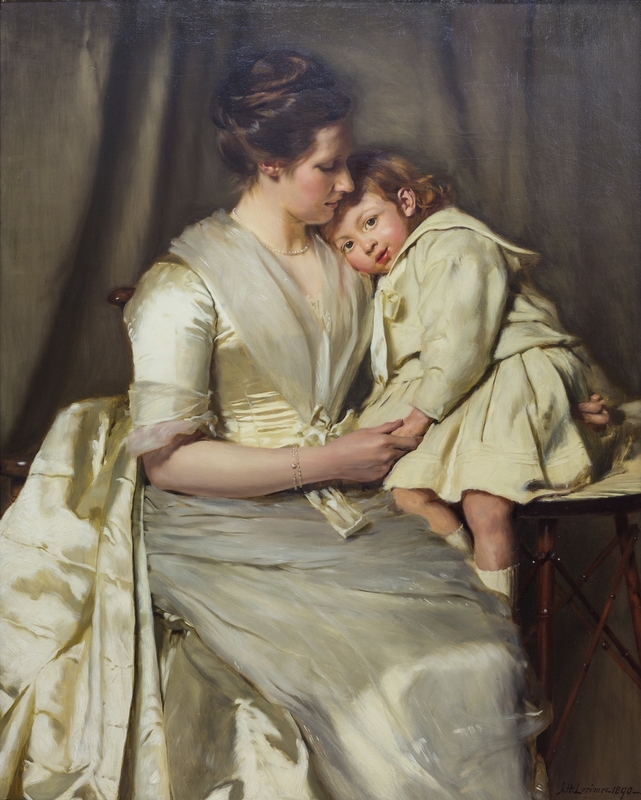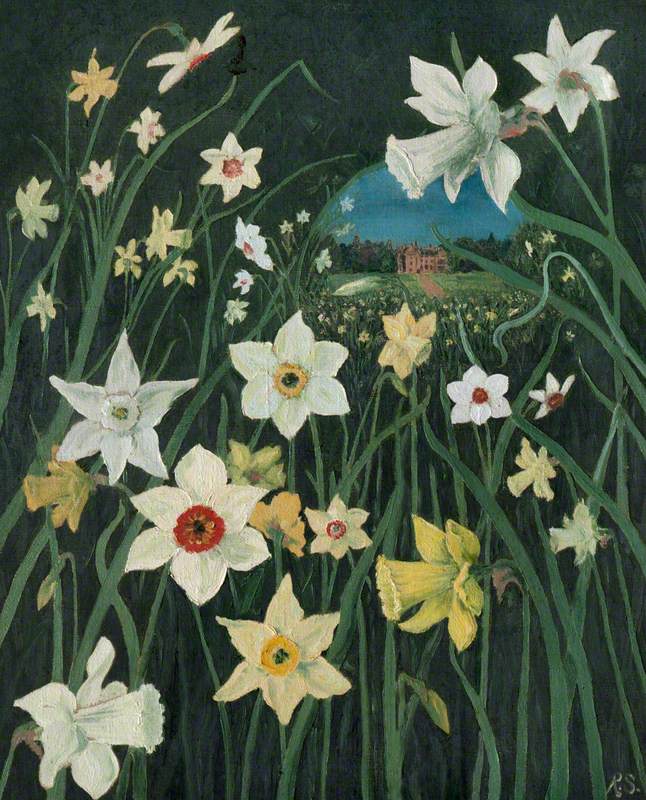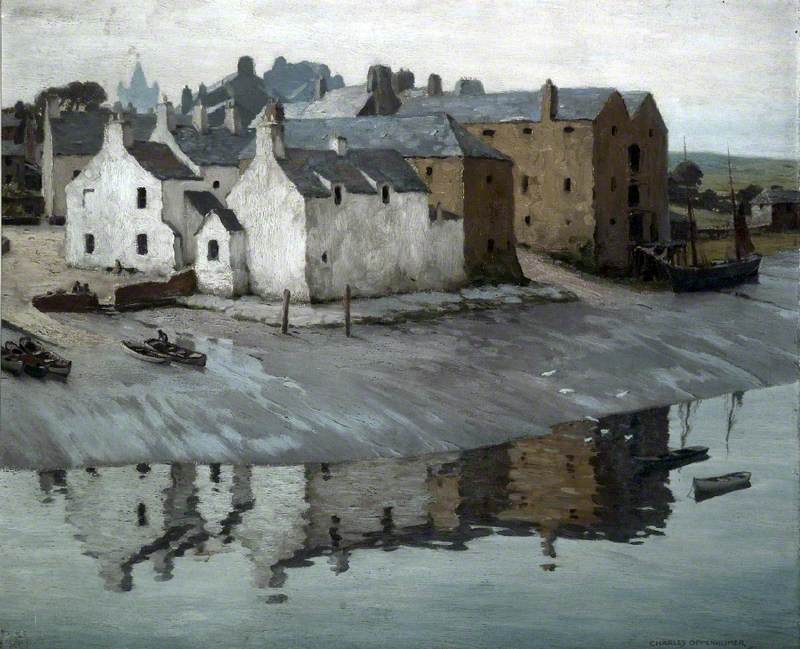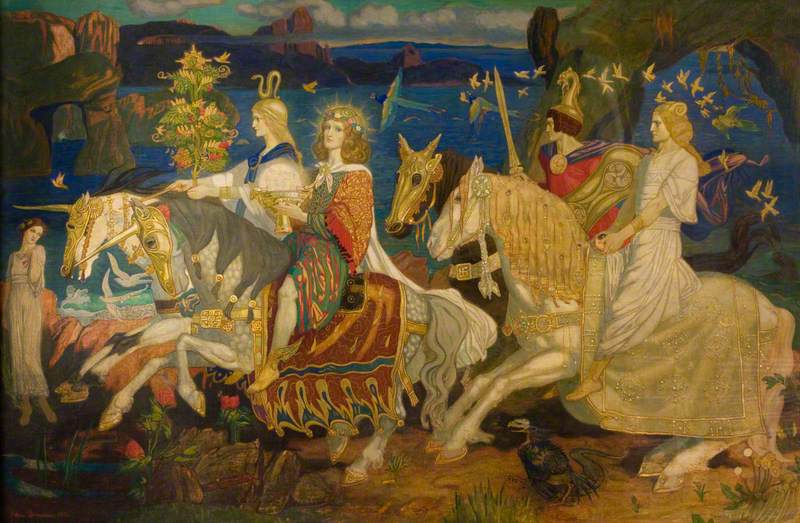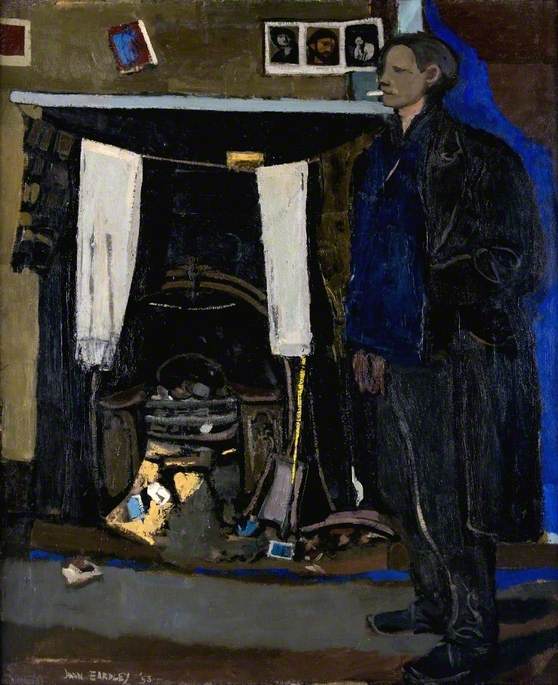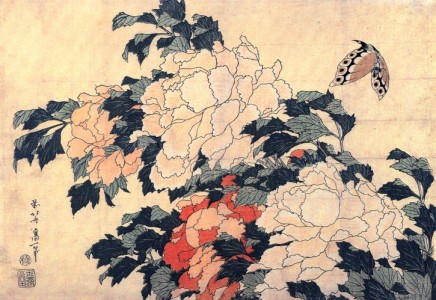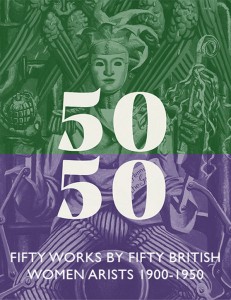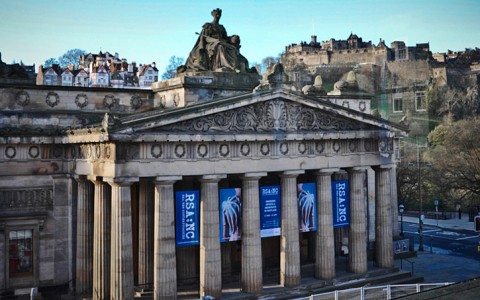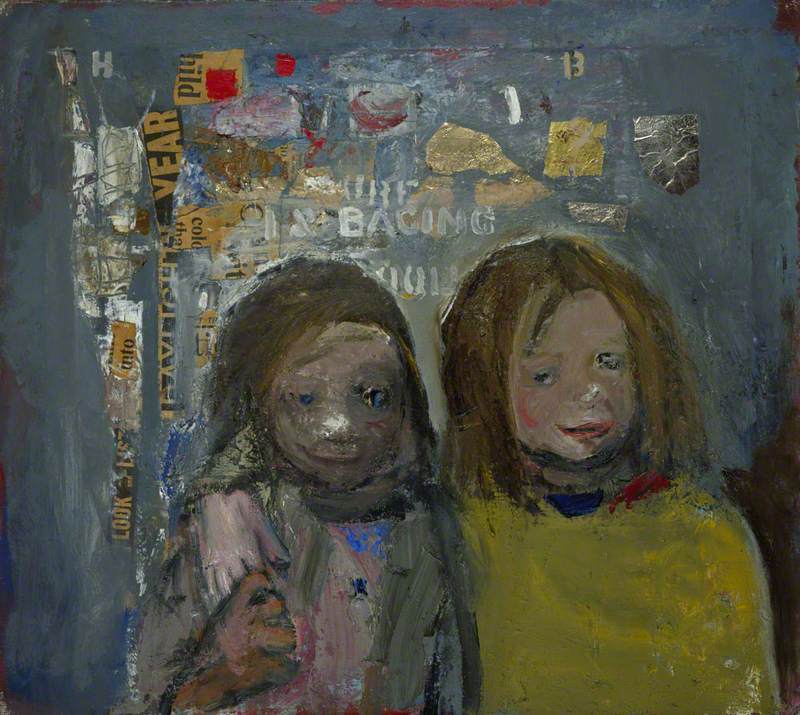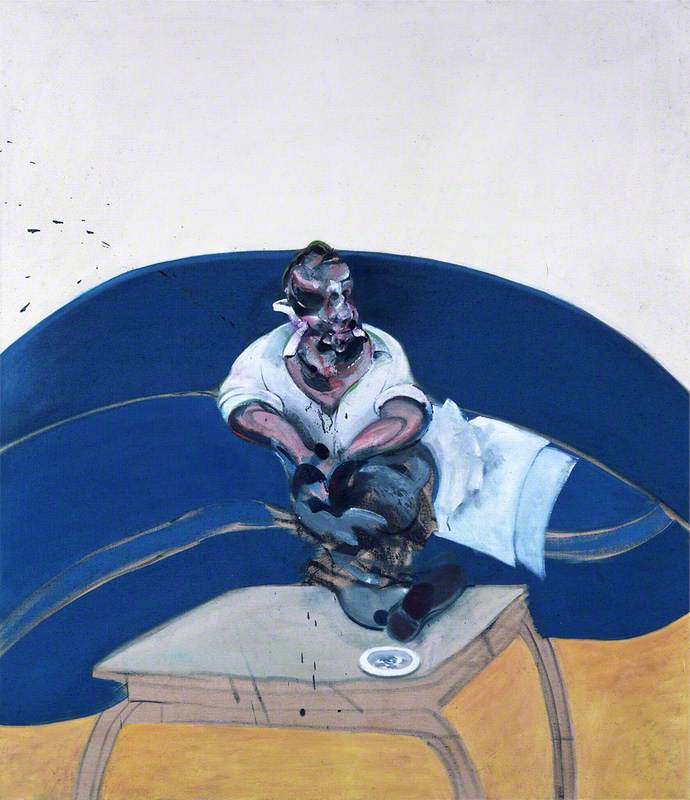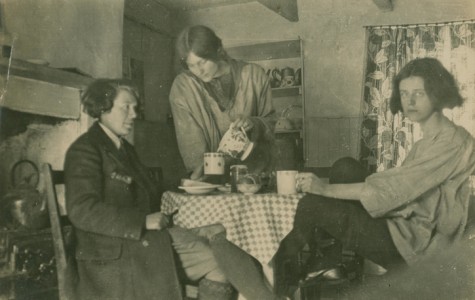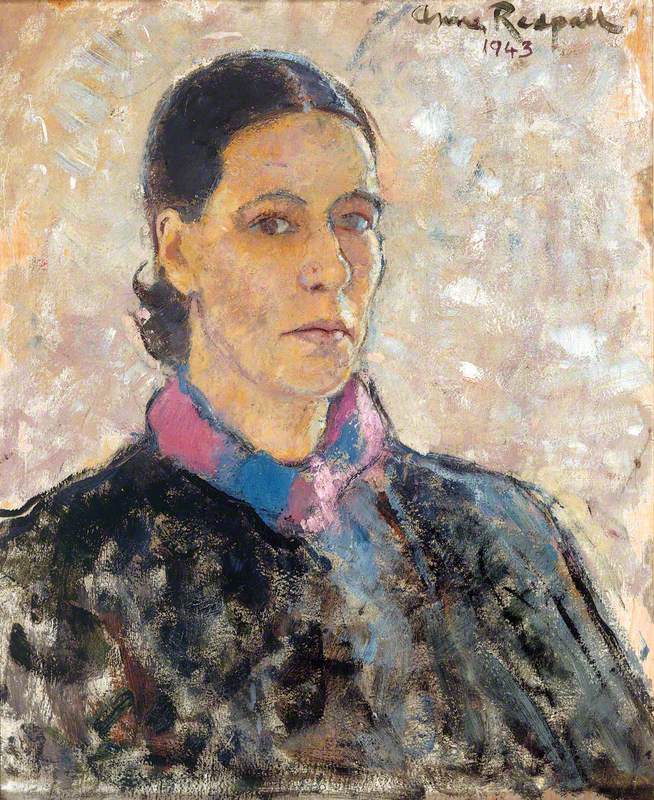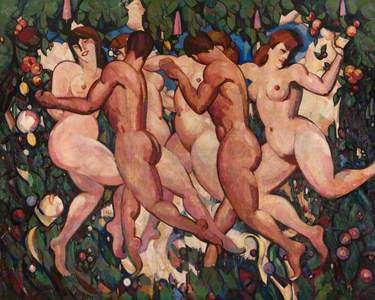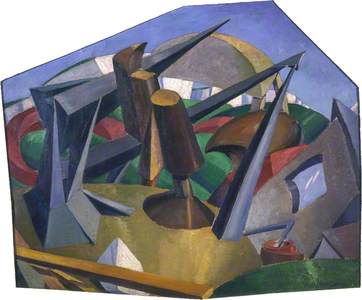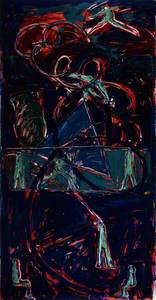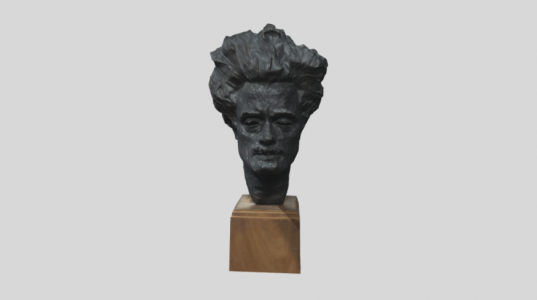'It is a wonderful result of the progress of human culture, that at this day there come to us from Scotland rules of taste in all the arts, from epic poetry to gardening.' – Voltaire
The great French philosopher was surely speaking of the eminent figures of the Scottish Enlightenment when he made this pronouncement. But looking to Scotland's rich artistic heritage today suggests he was on to something. Here's a whistlestop tour of some of the key players in the long and vibrant story of Scottish art.
1. Allan Ramsay
David Hume (1711–1776), Historian and Philosopher
1766
Allan Ramsay (1713–1784) 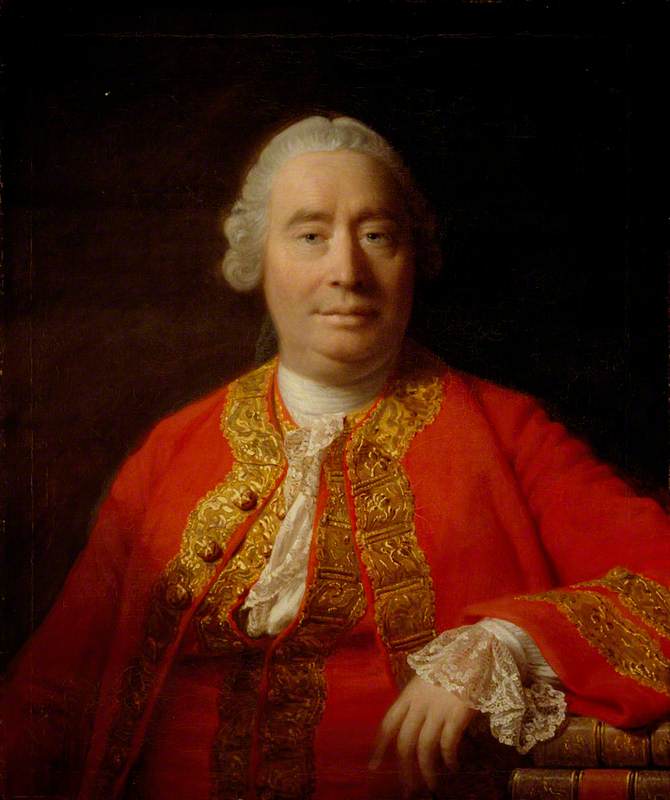
Allan Ramsay was perhaps the first true genius of Scottish painting. He studied in Rome, and went to London where he became the city's finest portrait painter, gaining royal patronage. His portrait of David Hume doesn’t flatter the subject, which is very much in keeping with the Enlightenment ideals of the philosopher himself!
2. Gavin Hamilton
Achilles Lamenting the Death of Patroclus
1760–1763
Gavin Hamilton (1723–1798) 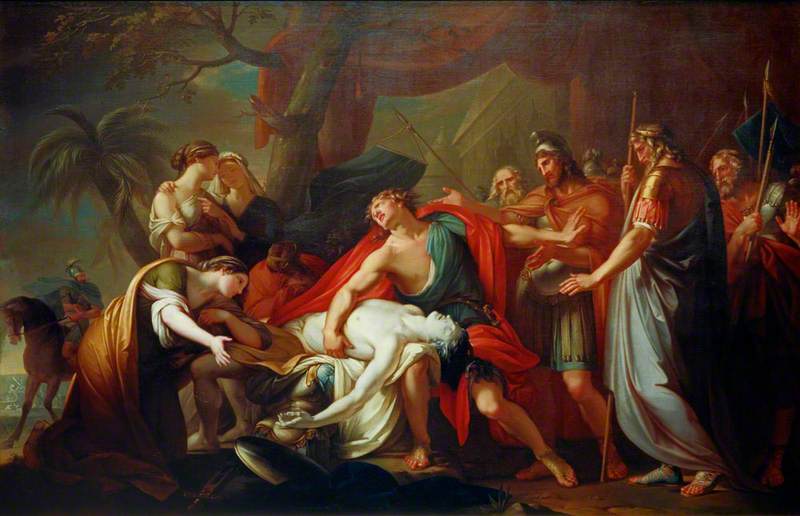
Gavin Hamilton was born in Lanarkshire in 1723. In 1748–1750 he made a visit to Italy and settled permanently in Rome in 1756. He chiefly concentrated on history paintings, including mythological subjects, and was also known for being an early 'archaeologist' and picture-dealer (he directed some of the excavations at the Roman emperor Hadrian's Villa at Tivoli). He was in the Neoclassical circle of the Germans Mengs and Winckelmann, and met and encouraged many of the British artists who visited Rome in the late 1700s. He died there in 1798.
3. Henry Raeburn
Henry Raeburn was the first major Scottish painter to work largely in Scotland itself, rather than heading to London or Italy (like Ramsay and Hamilton). His portraits are a fascinating record of who was who in Scotland at the time – particularly in Edinburgh. This particular portrait is of Robert Adam, the Fife-born architect and designer whose Neoclassical houses and interiors wowed Britain.
4. David Wilkie
Born in Fife in 1785, David Wilkie achieved international recognition for his highly original paintings that depicted events and episodes from everyday life. This was in complete contrast to the formal portraiture of Ramsay and Raeburn, and to the history paintings of Hamilton. His Pitlessie Fair, painted when he was just nineteen, shows all his skills as a visual narrator.
In 1805, soon after this was painted, he moved to London and became a full member of the Royal Academy in 1811. He was appointed Principal Painter in Ordinary to King William IV and Queen Victoria, and was knighted in 1836. Not bad for a boy from Pitlessie!
5. Horatio McCulloch
Today perhaps a victim of changing fashions, Romantic painter Horatio McCulloch is often overlooked in the history of Scottish art. In fact, his glorious and dramatic paintings of Scottish landscapes capture some of the beauty of the country's natural features. Perhaps his masterpiece is Glencoe, a wild and rugged place that also has an unforgettable place in Scottish history. His works are the visual equivalent of what Sir Walter Scott was celebrating in literature – an idealised Scottishness that perhaps never truly existed other than in the imagination.
6. The Glasgow Boys
From the Castle to the Calton Hill
1929
James Paterson (1854–1932) 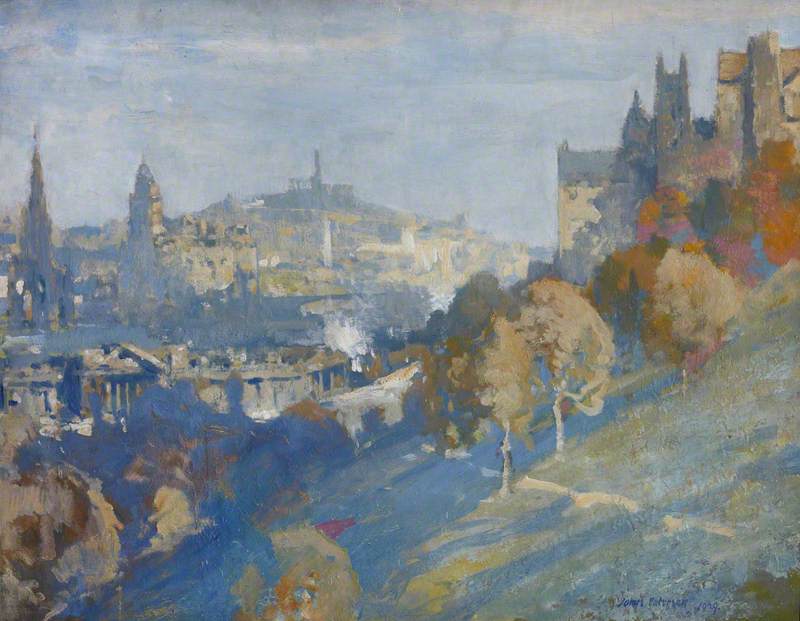
OK, number six on our list is a bit of a cheat. There are simply so many Scottish artists in the late nineteenth century that it's hard to pick just one or two. The Glasgow Boys were a group of artists who flourished in the 1880s and 90s, taking inspiration from the Impressionists and Post-Impressionists. They concentrated on scenes of life in and around Glasgow, as their name suggests, but were influenced by their travels round the world, looking to French realism and Japanese prints.
Loch a' Ghille Ghobaich, Morar
c.1916–1917
William York MacGregor (1855–1923) 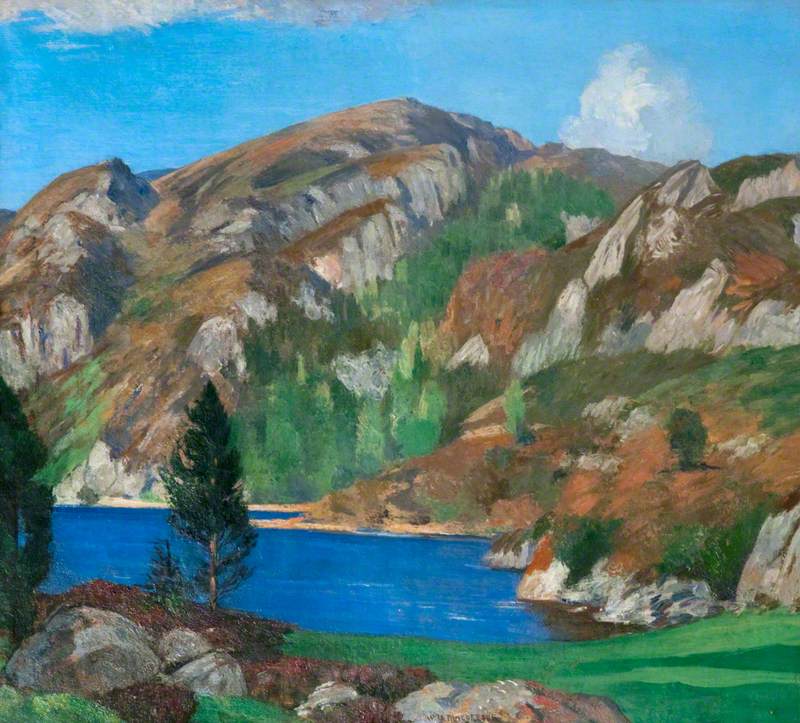
James Paterson and William York Macgregor were leading figures in the group.
The Druids: Bringing in the Mistletoe
1890
George Henry (1858–1943) and Edward Atkinson Hornel (1864–1933) 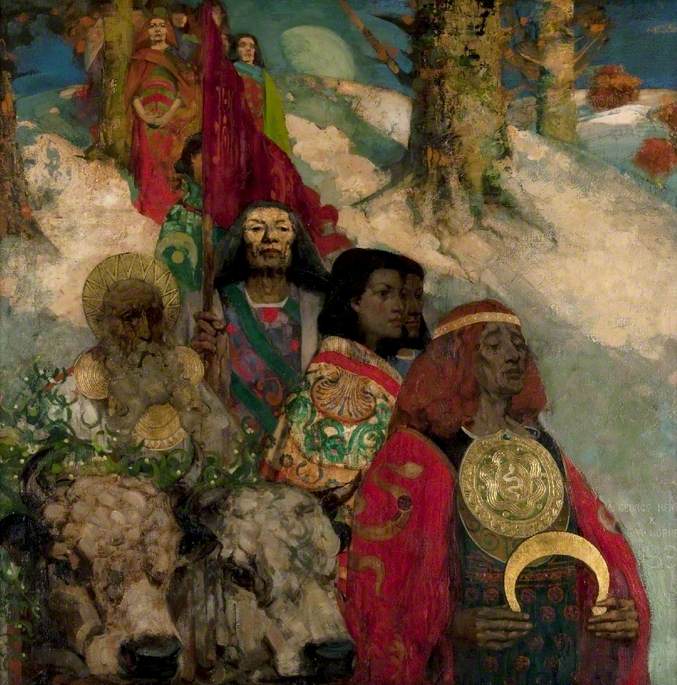
Others associated with the group included (deep breath, check out the links...) Thomas Millie Dow, James Guthrie, George Henry, Edward Atkinson Hornel, James Whitelaw Hamilton, Edward Arthur Walton, David Gauld, William Kennedy, John Lavery, Harrington Mann, Stuart Park, William Wells, David Young Cameron, Alexander Ignatius Roche, Arthur Melville, Thomas Corsan Morton, George Pirie and John Quinton Pringle. (So that makes our list just a wee a bit longer than seventeen!)
7. Margaret MacDonald
Margaret MacDonald attended The Glasgow School of Art in the 1890s, where she was to meet her future husband (more of which later...). In recent years, her work has been in increasing demand – in 2008 one of her works sold for £1.7 million instead of the expected £200k–£300k at auction. This painting, titled The Little Hills, was painted around 1914–1915, and is inspired by the 65th Psalm: 'Thou crownest the year with Thy goodness... and the little hills shall rejoice.' It is a great example of the style that came to embody her work and that of her husband.
8. Charles Rennie Mackintosh
If you haven't guessed already, Margaret's husband was the designer, artist and architect Charles Rennie Mackintosh. Today he's well known for many things, including designing The Glasgow School of Art building and Willow Tea Rooms, but is represented on Art UK only by a handful of works so far, as his interests were spread across the fine and decorative arts. This work is called The Wassail and uses the same distinctive style that is found across his output. Interesting fact: Art UK's Scottish office is located in a building designed by Mackintosh!
9. Mary Cameron
Mary Cameron was best known for her portrayals of Spanish subjects, including depictions of bullfighting. She employed a style known as hispagnolisme, influenced by the likes of Velázquez. Her painting Les joueurs is heavily informed by realism, and not by the Symbolism, Impressionism or Post-Impressionism fashionable at the time.
10. The Scottish Colourists
Another cheat in our listing, but this time only four. But what a quartet! Between them, Francis Campbell Boileau Cadell, John Duncan Fergusson, George Leslie Hunter and Samuel John Peploe – known collectively as the Scottish Colourists – began to use colour in a way that was like nothing else at the time, certainly in Britain. Looking to the avant-garde in Paris and beyond, these four took it upon themselves to hit an unsuspecting nation with vibrant hues, which might be at odds with the picture of Scotland in your head.
Still Life with Gladioli
(verso) c.1927–1930
George Leslie Hunter (1877–1931) 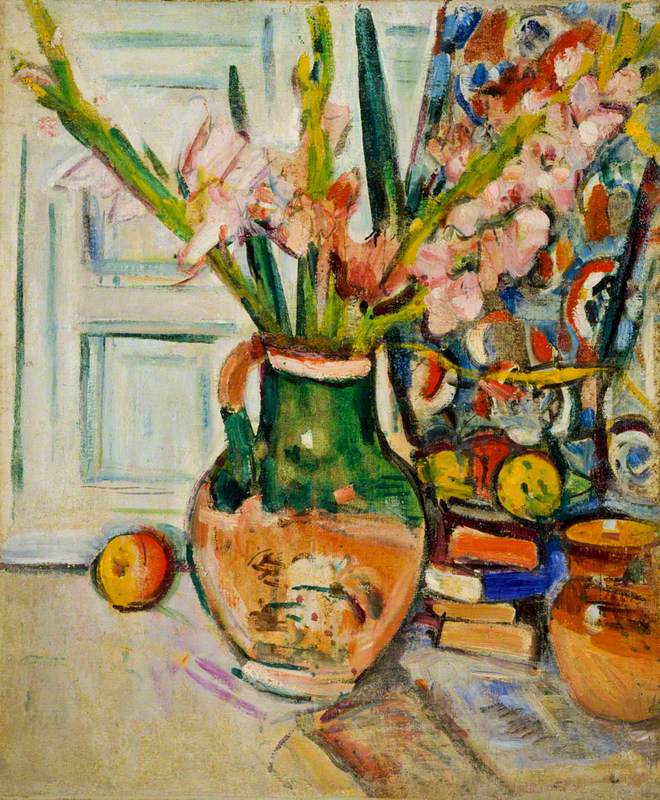
11. William McCance
Heavy Structures in a Landscape Setting
1922
William McCance (1894–1970) 
William McCance presents us with a firmly Modernist view in this painting, entitled Heavy Structures in a Landscape Setting. Painted shortly after the First World War, while he was living in London, the work is semi-abstract but the structures in the foreground suggest a military gun battery. To further highlight his avant-garde credentials, McCance has laid a highly unusual irregular-shaped hardboard frame over the canvas.
12. William Gear
William Gear was born in Methil, Fife, and studied in Edinburgh. He became one of the first British painters after the Second World War to move into pure abstraction. He was known for his bold use of colour, as seen in this work from the Towner Gallery in Eastbourne, where he was a curator from 1958 to 1964.
13. Anne Redpath
Born in Galashiels, Anne Redpath studied at Edinburgh College of Art. Between 1920 and 1934 she lived with her husband in France and did little painting. Her return to Scotland led to a reinvigoration of her career, and by the 1950s she had become a distinguished figure in the Scottish art world. She focused mainly on landscapes and still-lifes, like this one featuring a pink decanter, and the rich colours suggest a continuation of the Scottish Colourists' tradition.
14. Joan Eardley
Regarded as one of the greatest Scottish post-war artists, Joan Eardley worked mainly in Glasgow and the Aberdeenshire village of Catterline. She used to get local children to sit for her. You may recognise this painting as it was recently featured on the BBC. The 1955 work depicts Margaret Livingstone and her older brother Alan in Glasgow. Margaret was recently reunited with the painting, 63 years after she sat for it.
15. Elizabeth Blackadder
Elizabeth Blackadder was a painter and printmaker who concentrates largely on landscapes and still-life. Her still-life paintings are somewhat reminiscent of those of Anne Redpath, featuring a similar upward tilted space. The objects in this painting are arranged with great care on the surface of her studio table.
16. Bruce McLean
Although Glasgow-born Bruce McLean is perhaps best known for his sculpture and performance art (he began to make sculptures out of rubbish as a reaction to his teachers), his paintings – such as this one – are full of exciting movement and technical mastery. He won the John Moores Painting Prize in 1985.
17. Alison Watt
Alison Watt gained early success with her portraits, figures, and still-lifes, and in 1989 she was commissioned by the National Portrait Gallery to paint a portrait of the Queen Mother. This work, titled Flexion, is in the collection of the Scottish Parliament, and is one of a series of paintings made in 2002–2003. A seemingly abstract exploration of form, the paintings nevertheless hint at a human presence or absence.
We've come to the end of our Caledonian journey for now, but there are many more Scottish artists just waiting to be explored on Art UK.
Andrew Shore, Head of Content at Art UK
